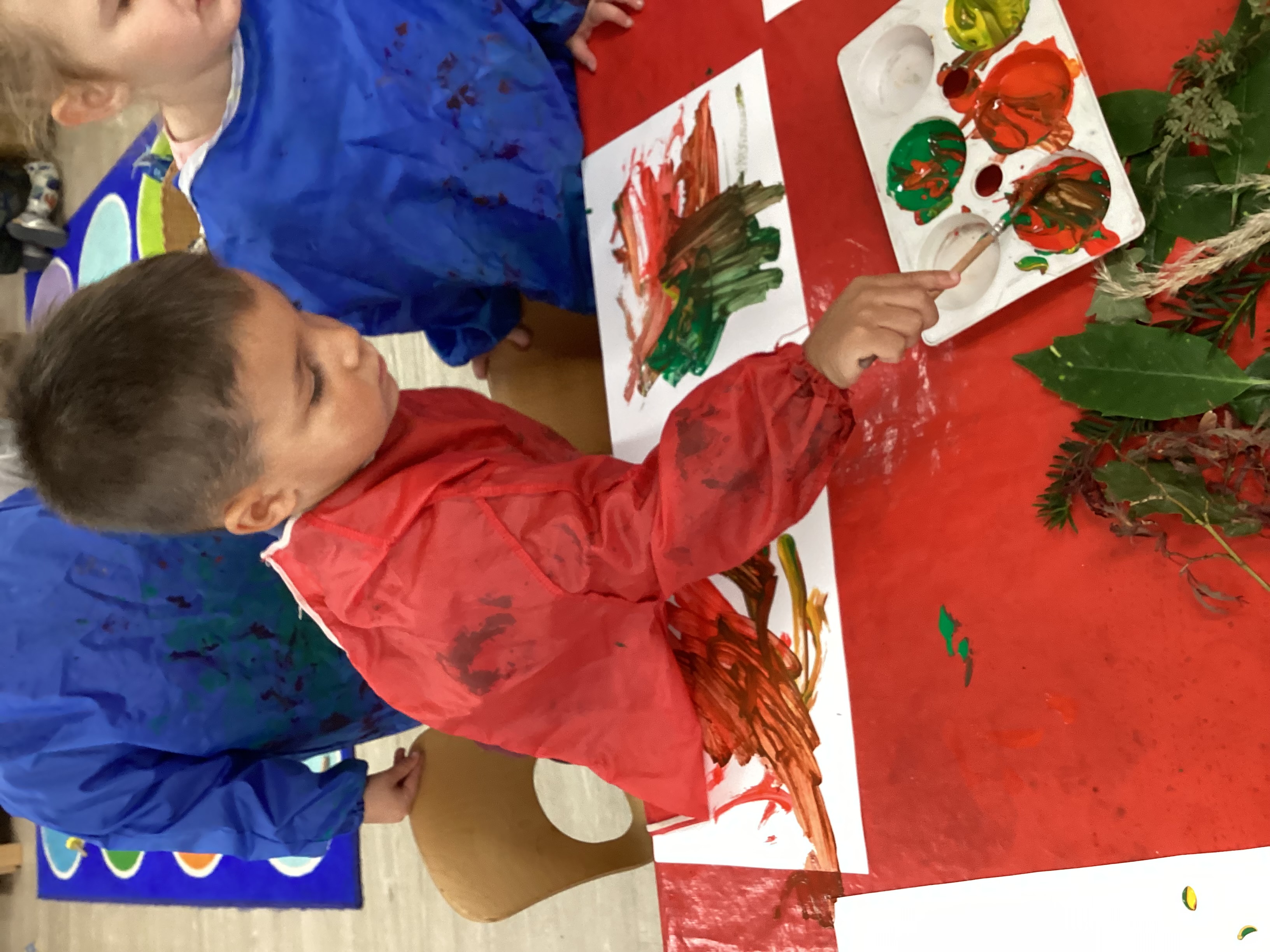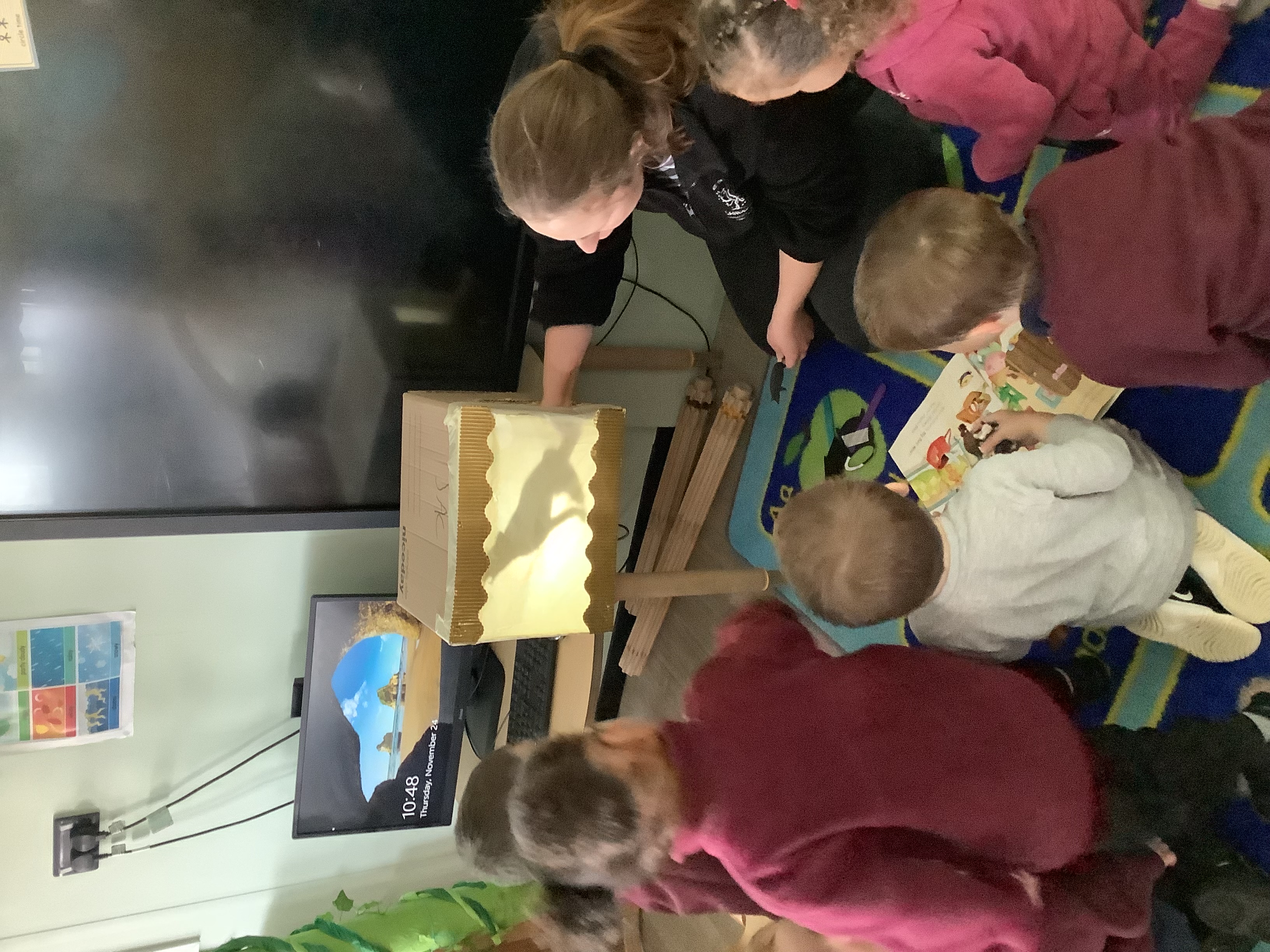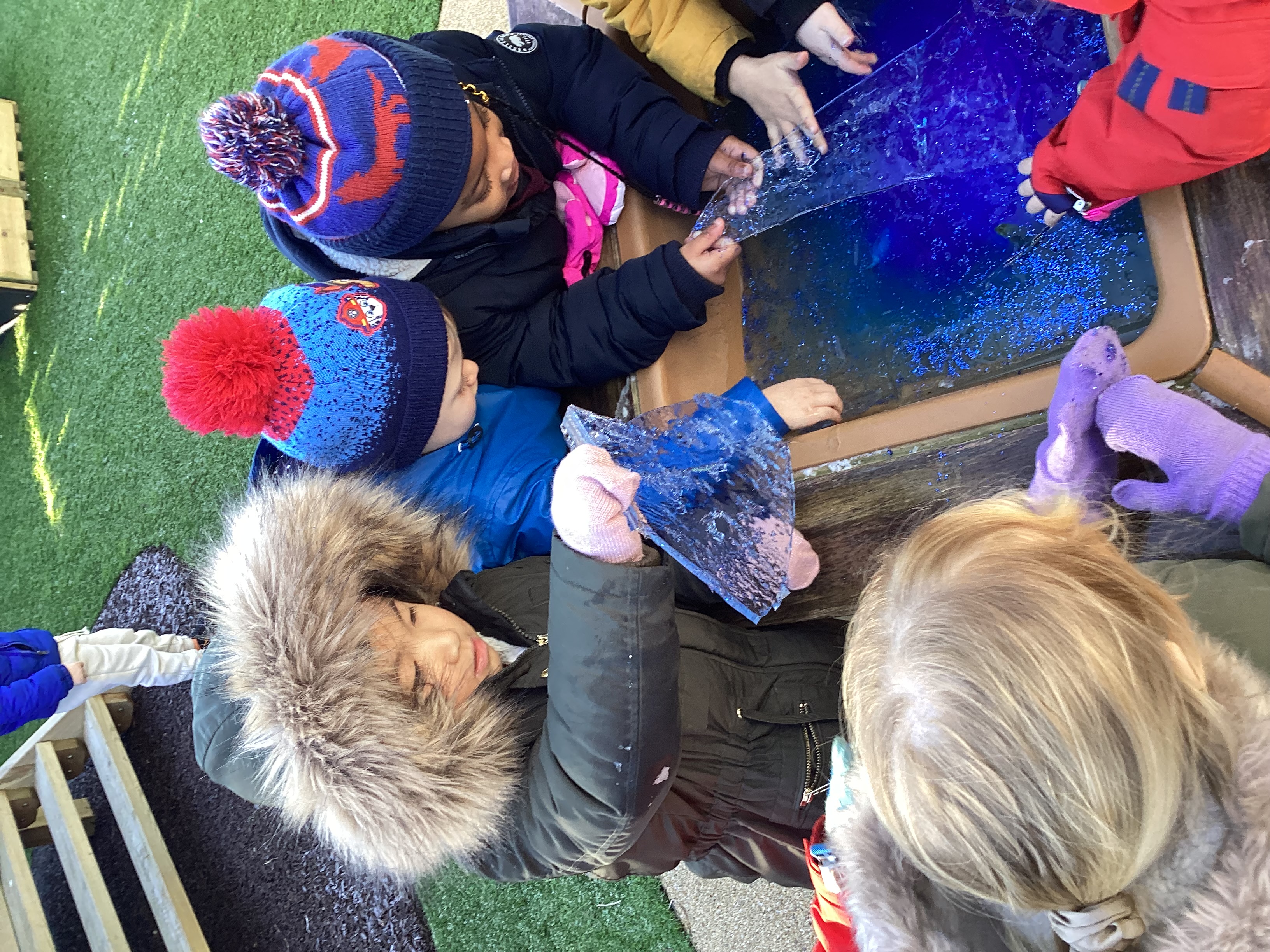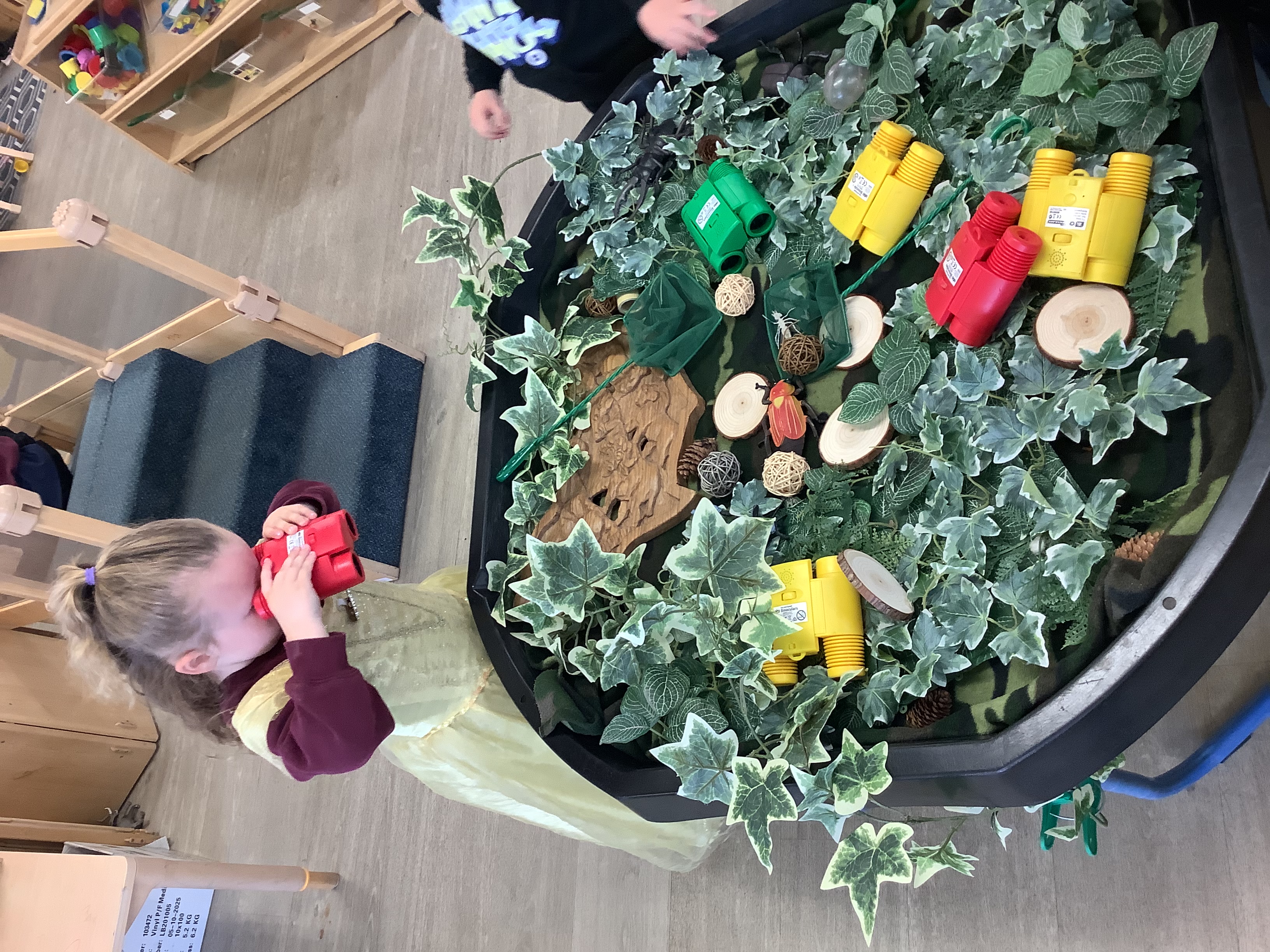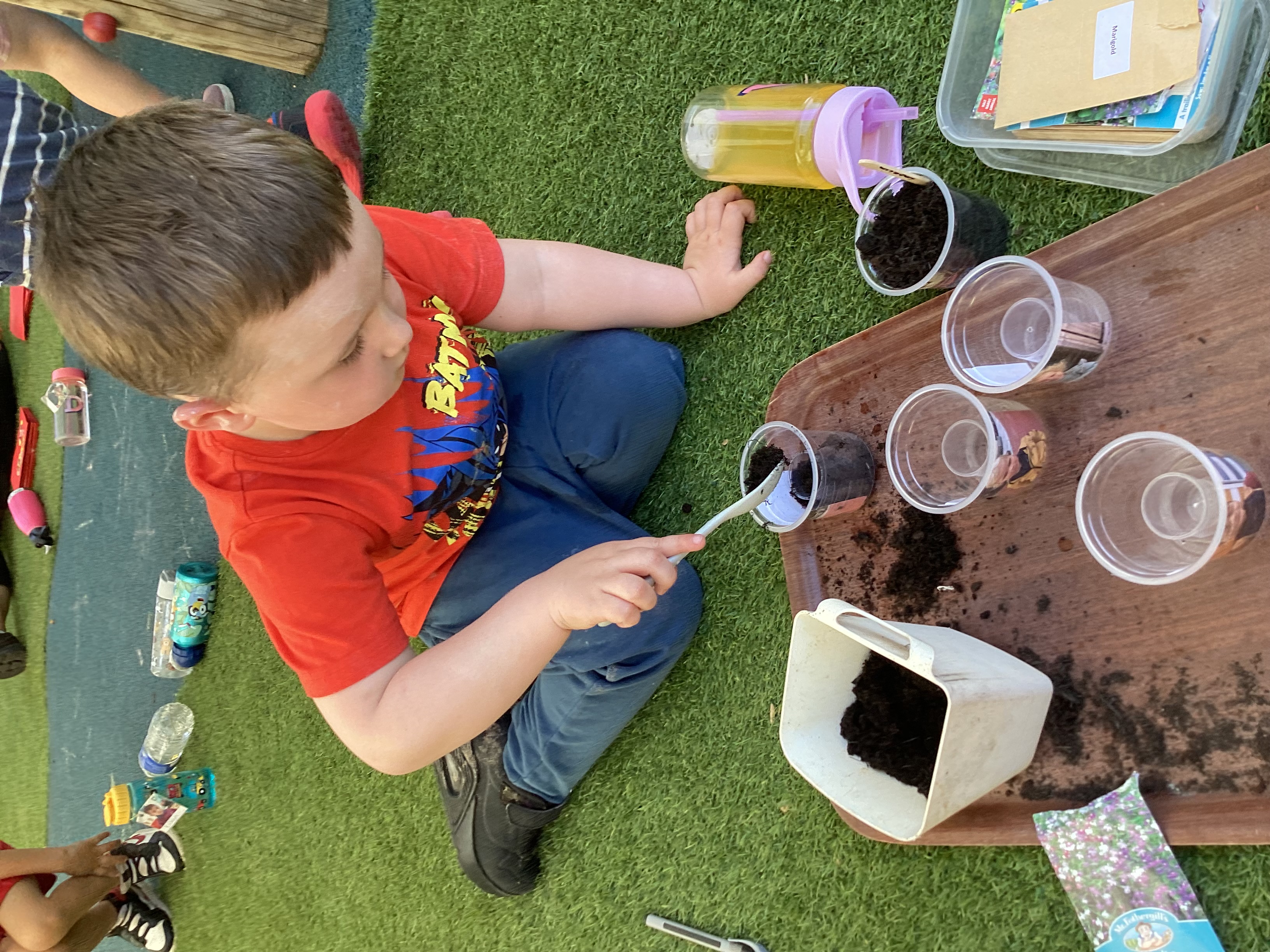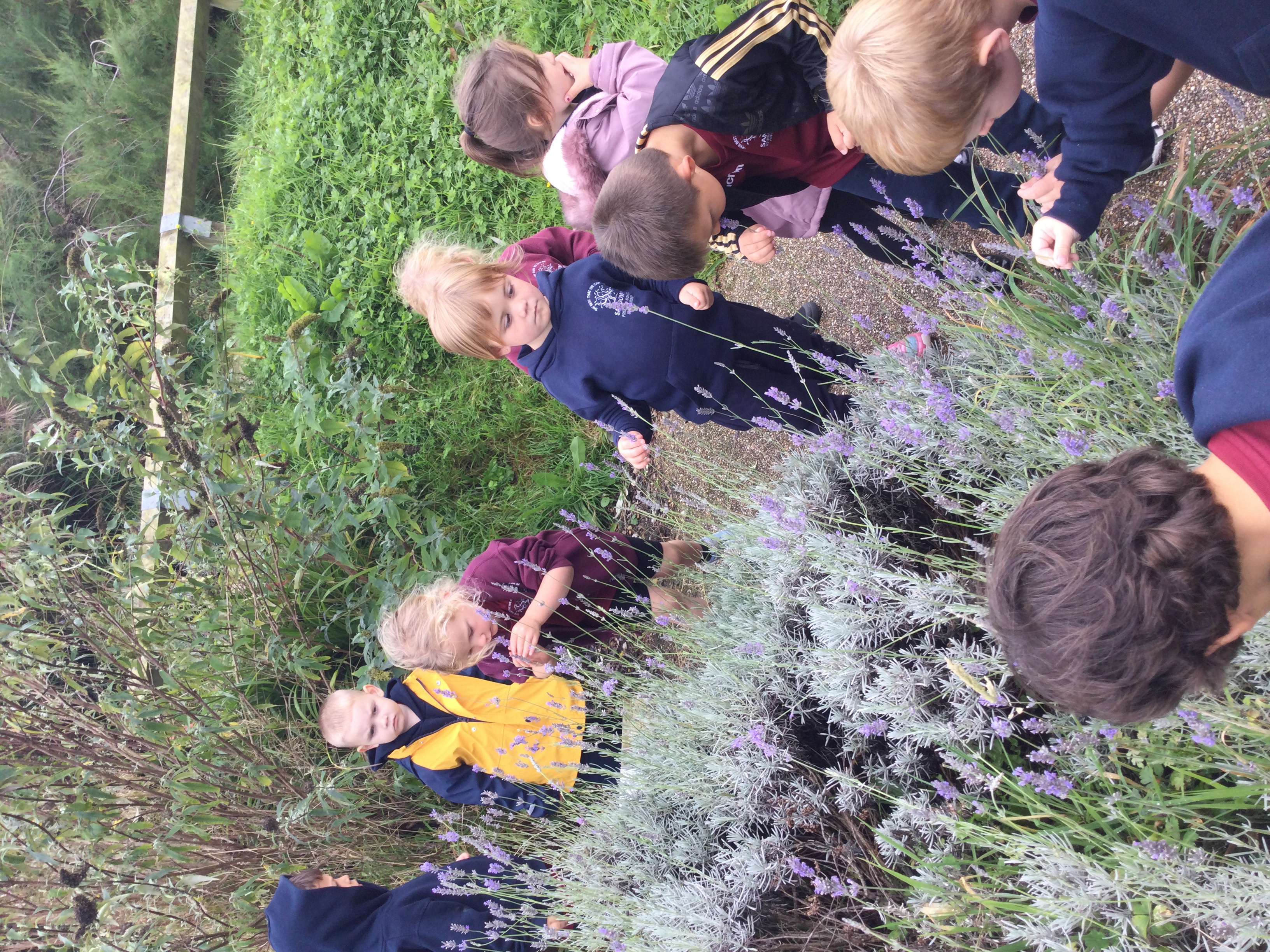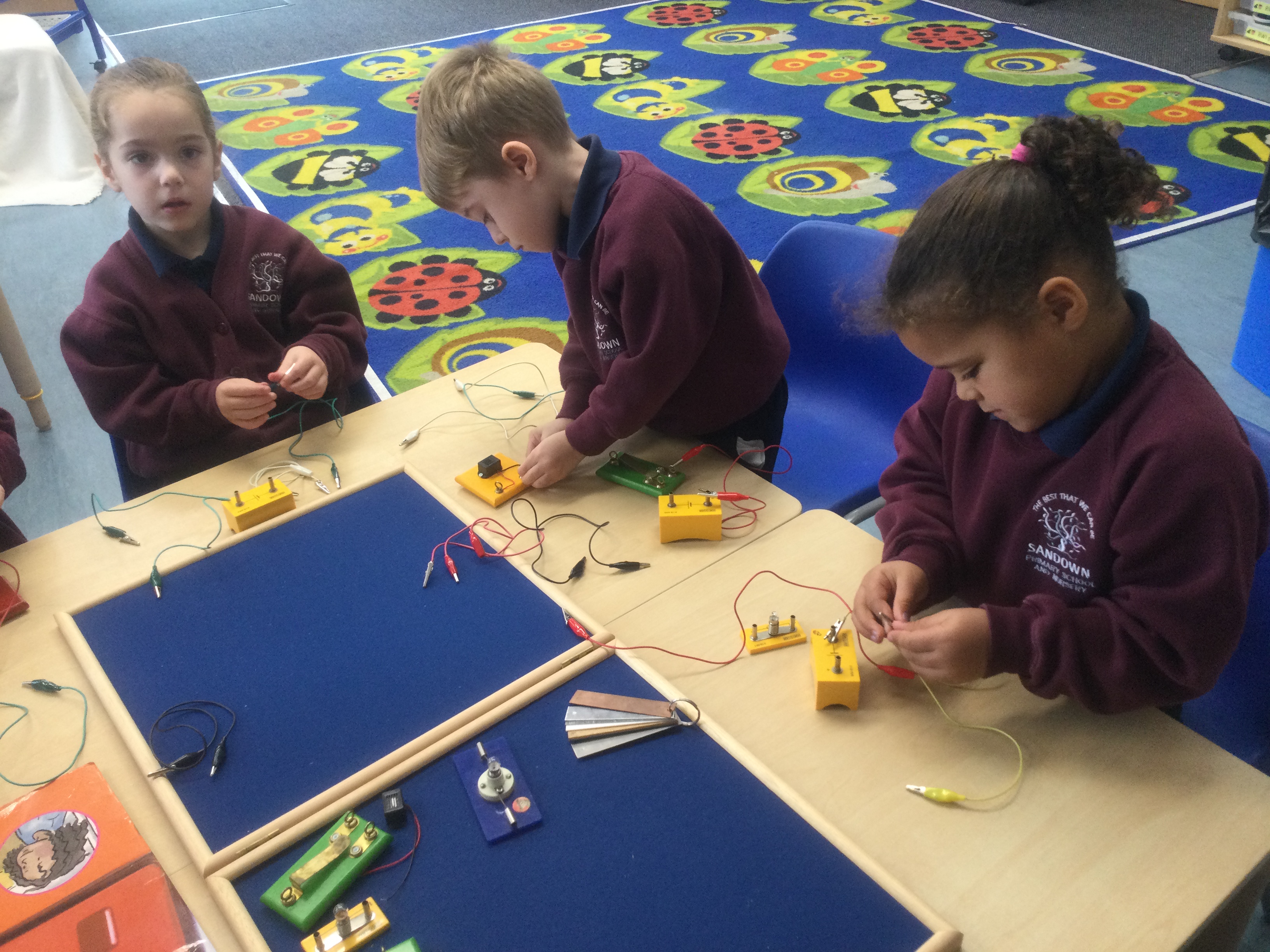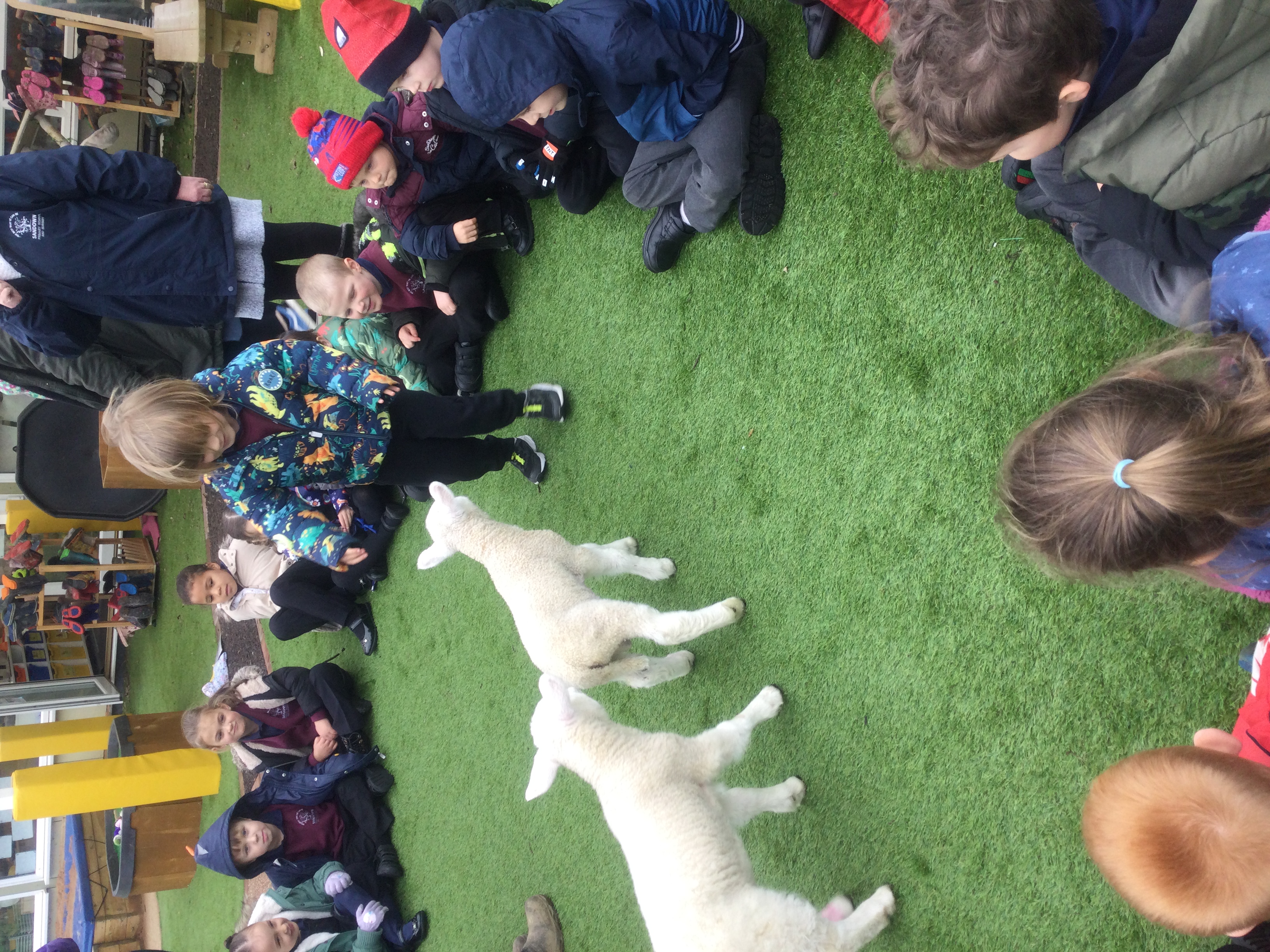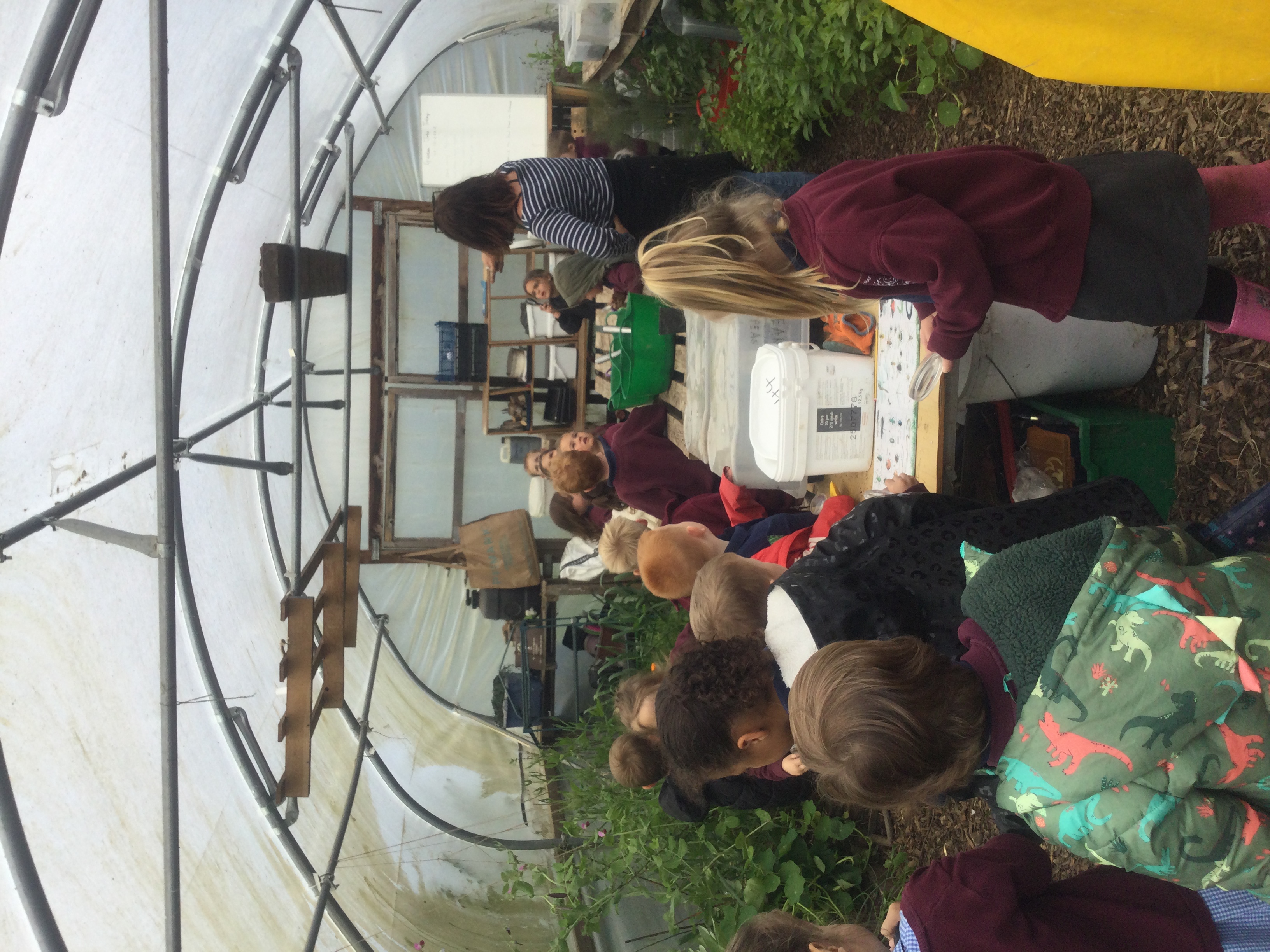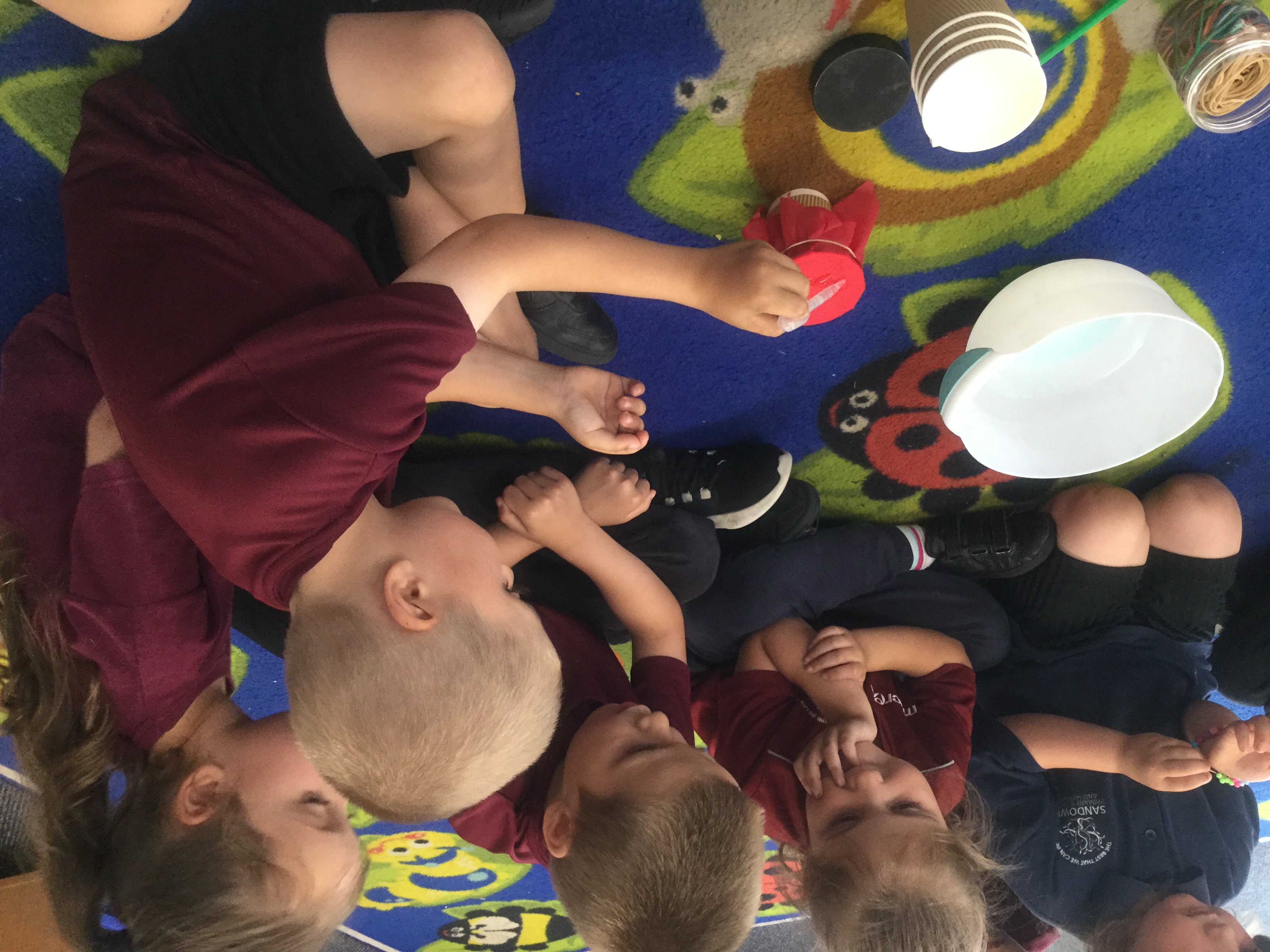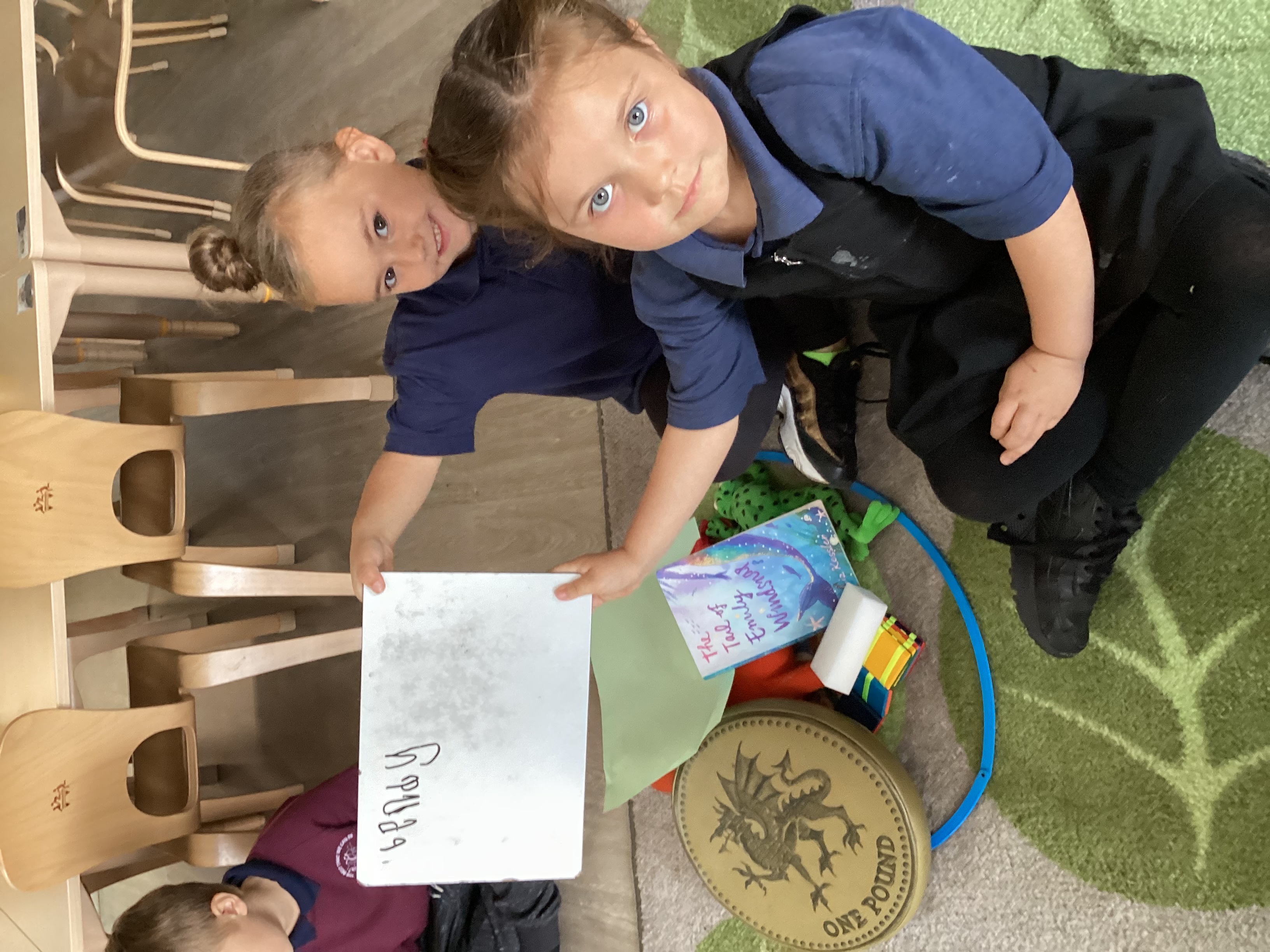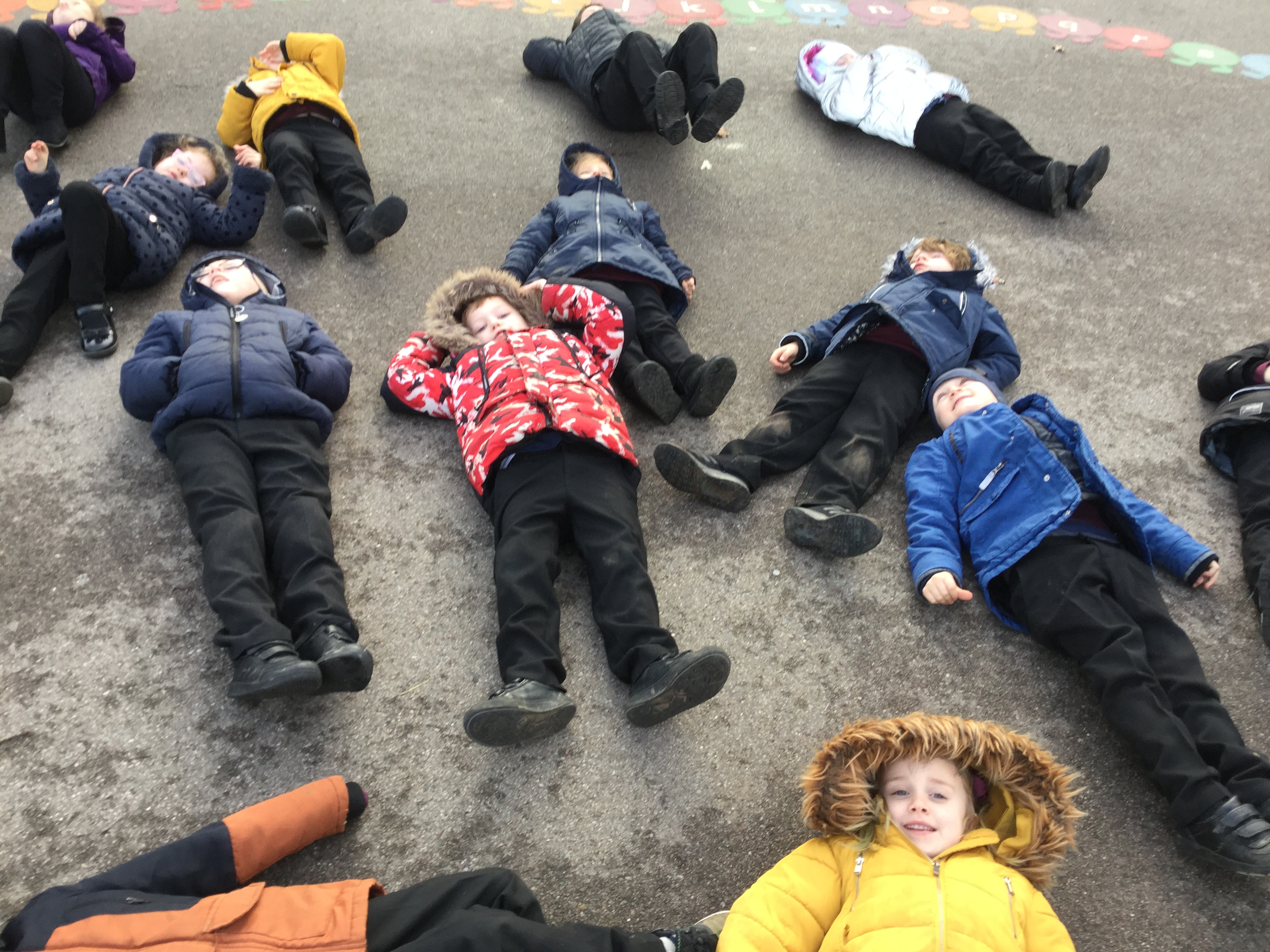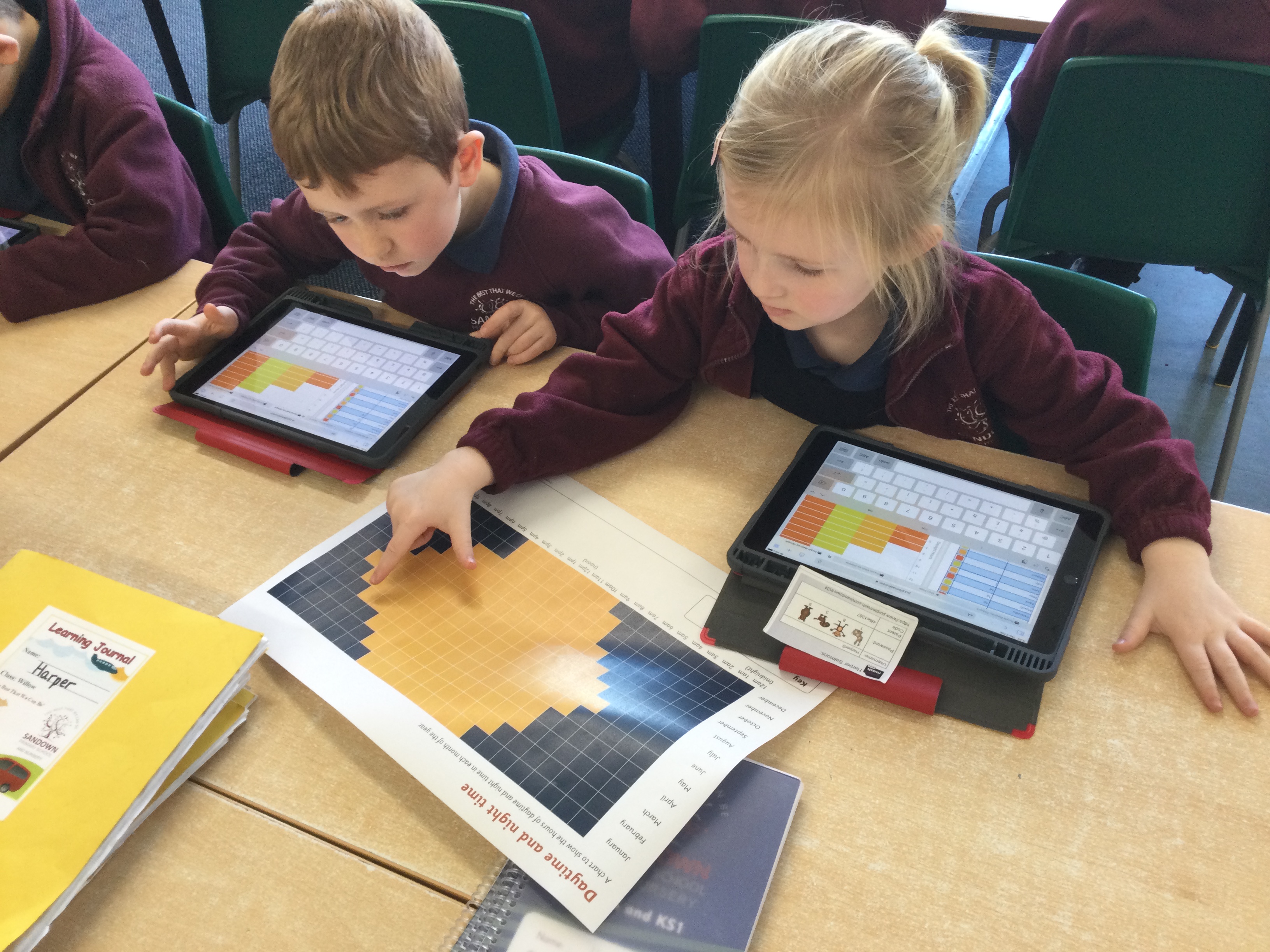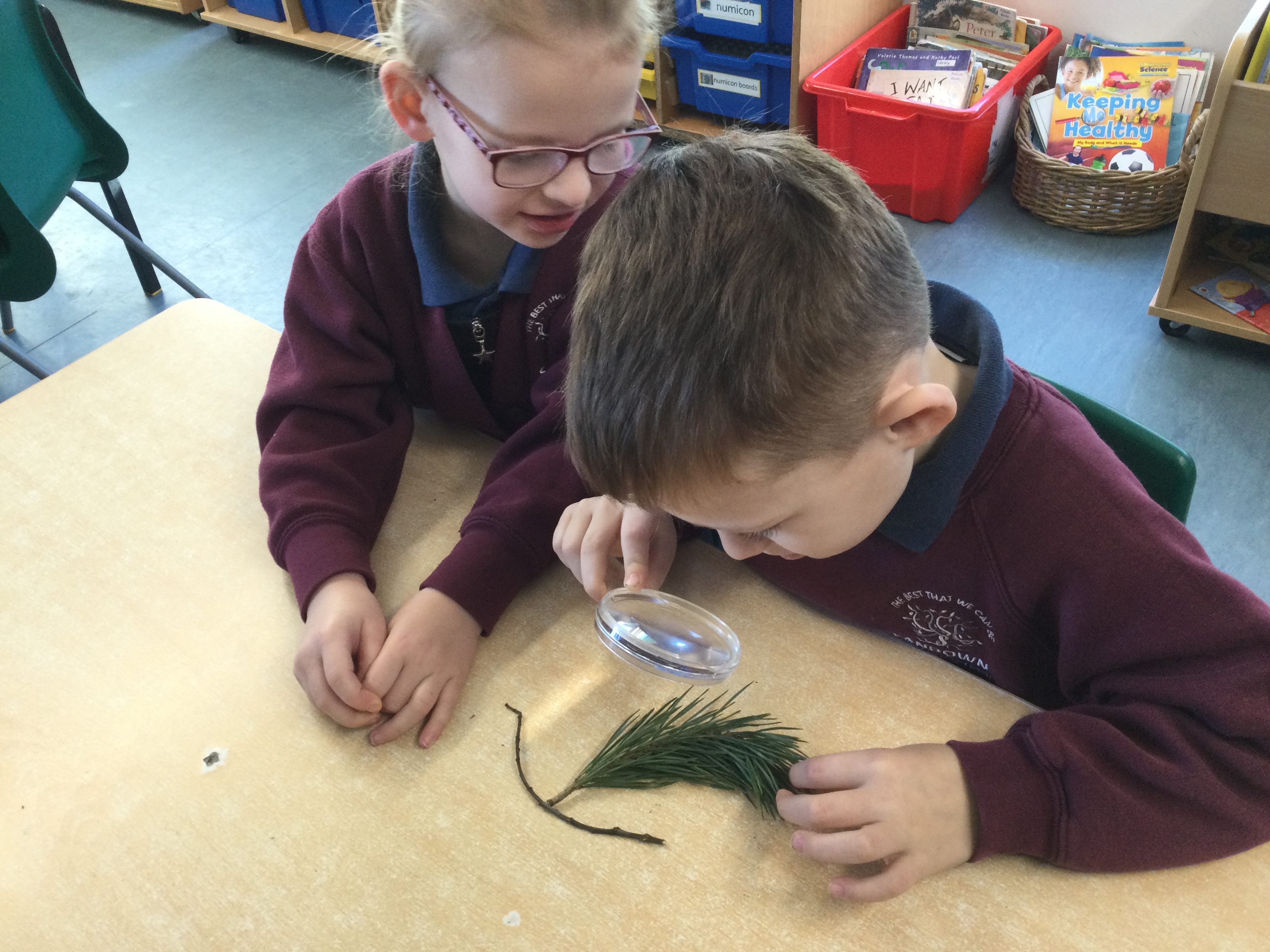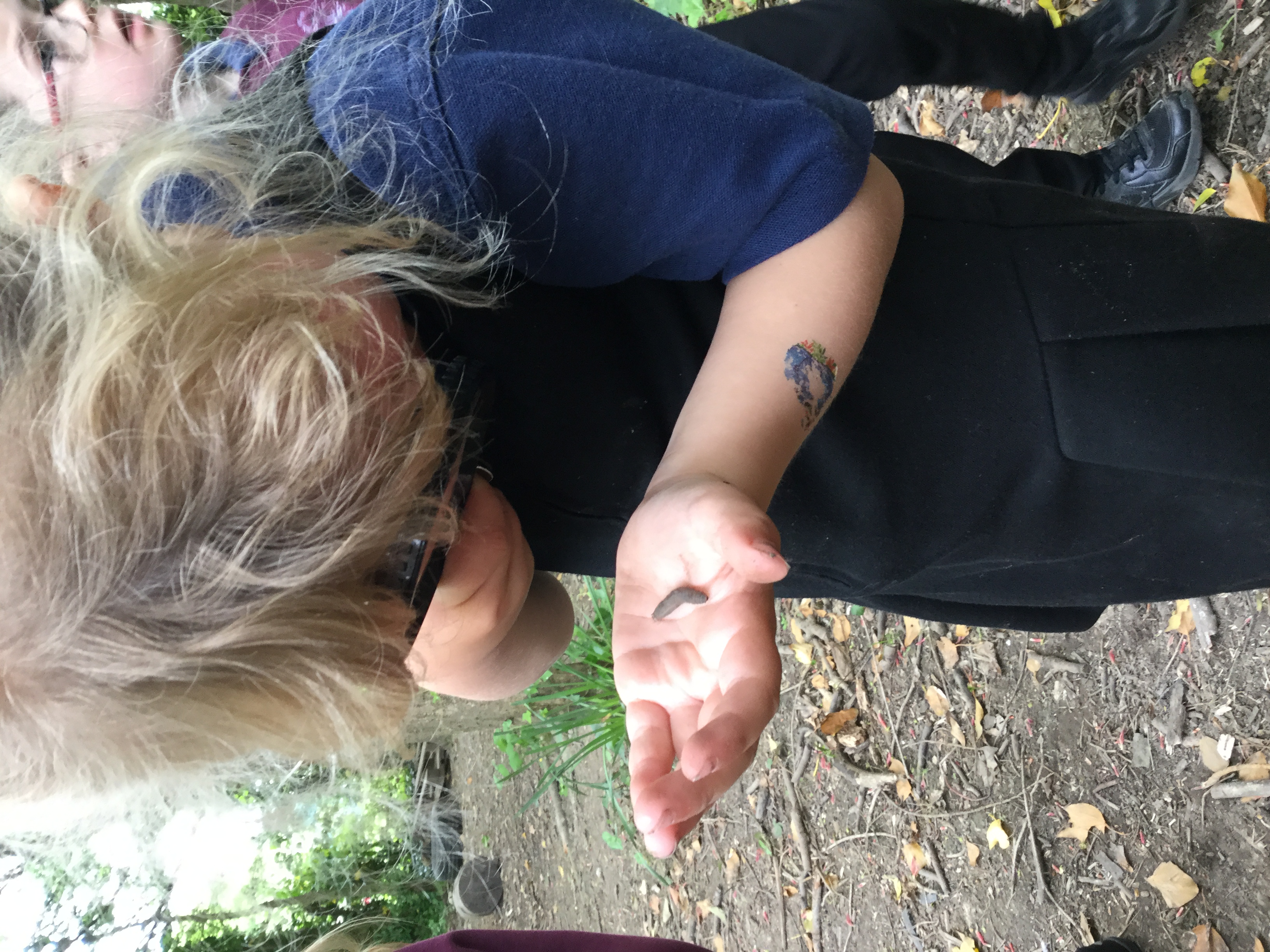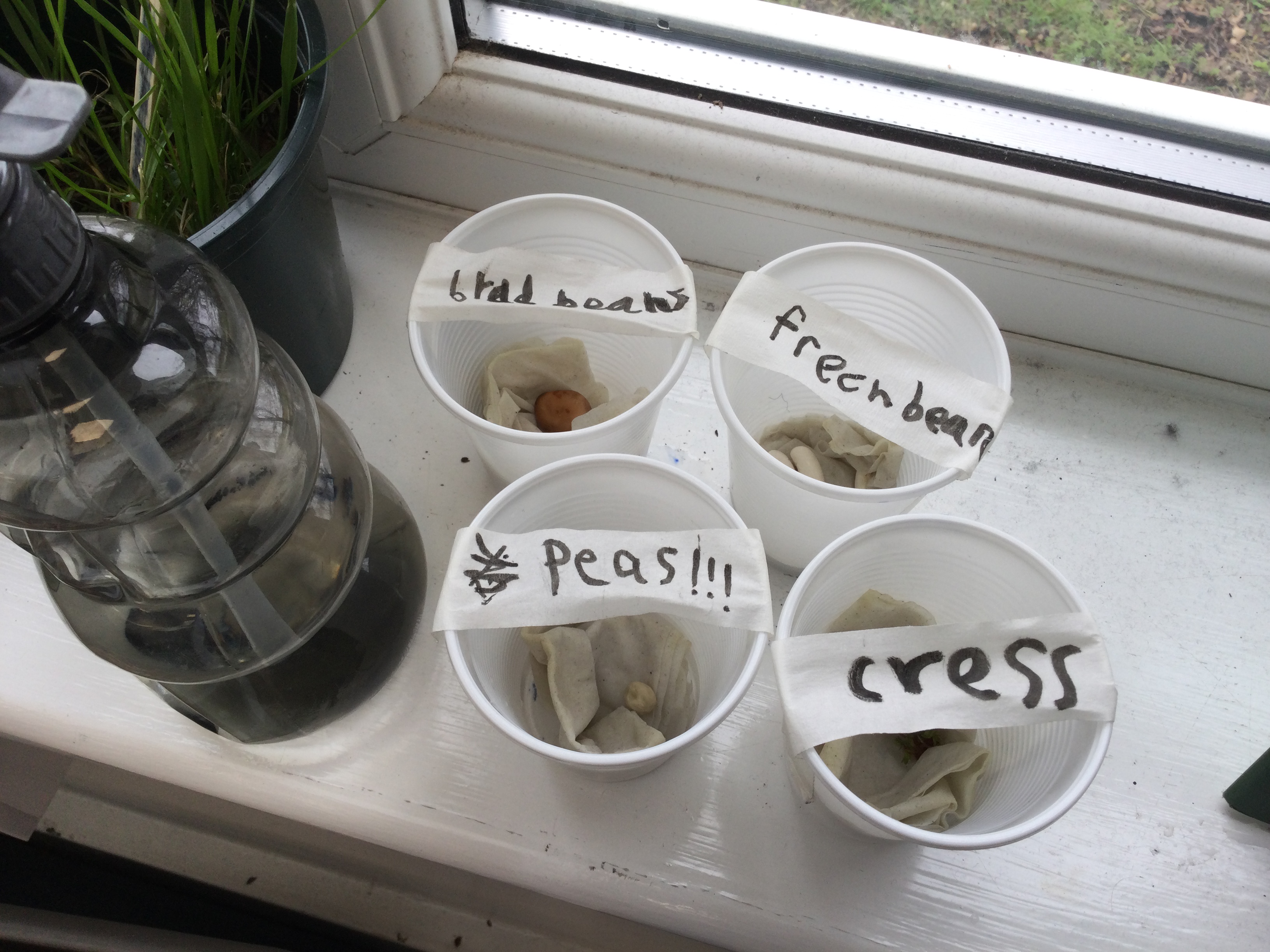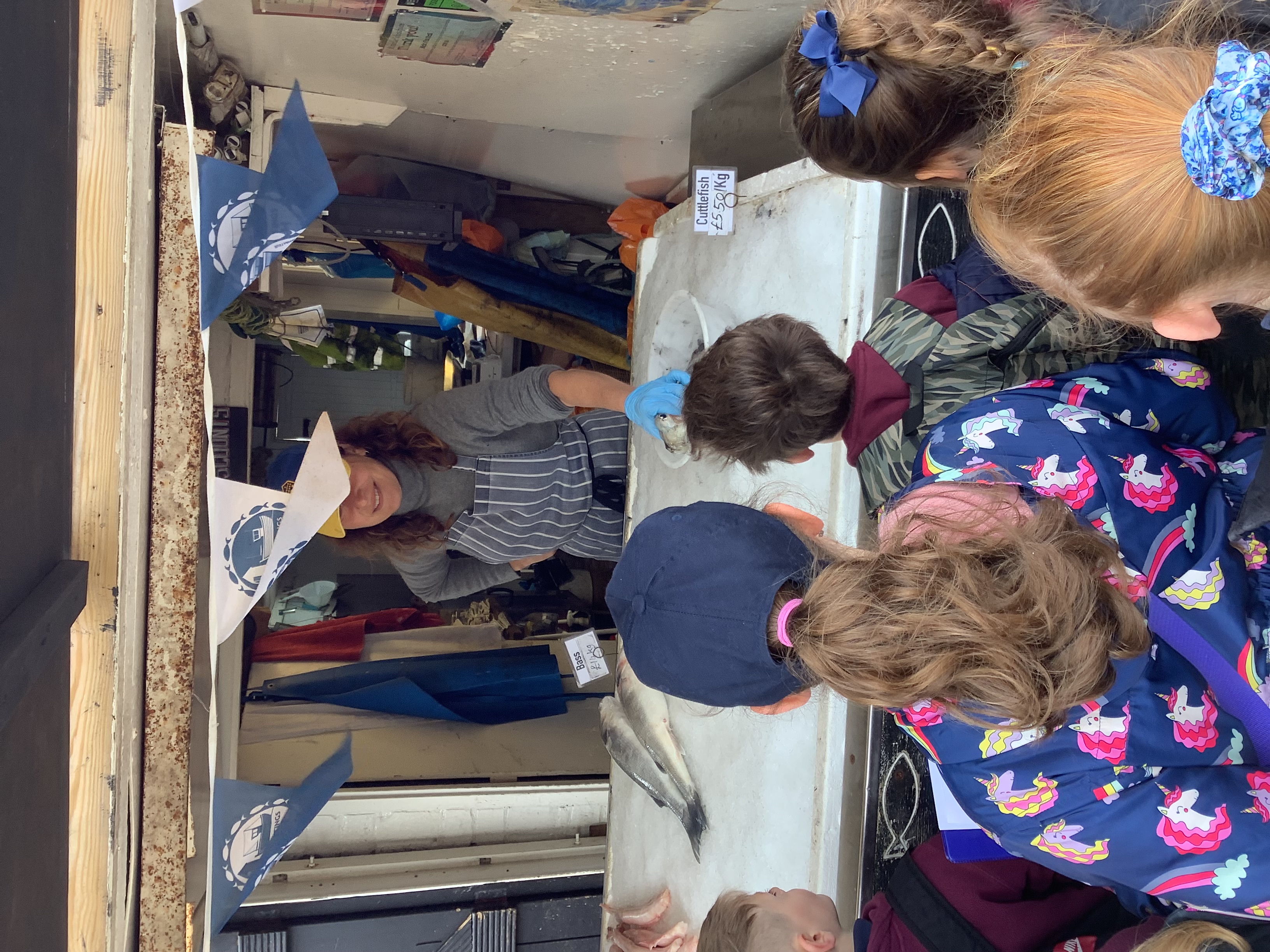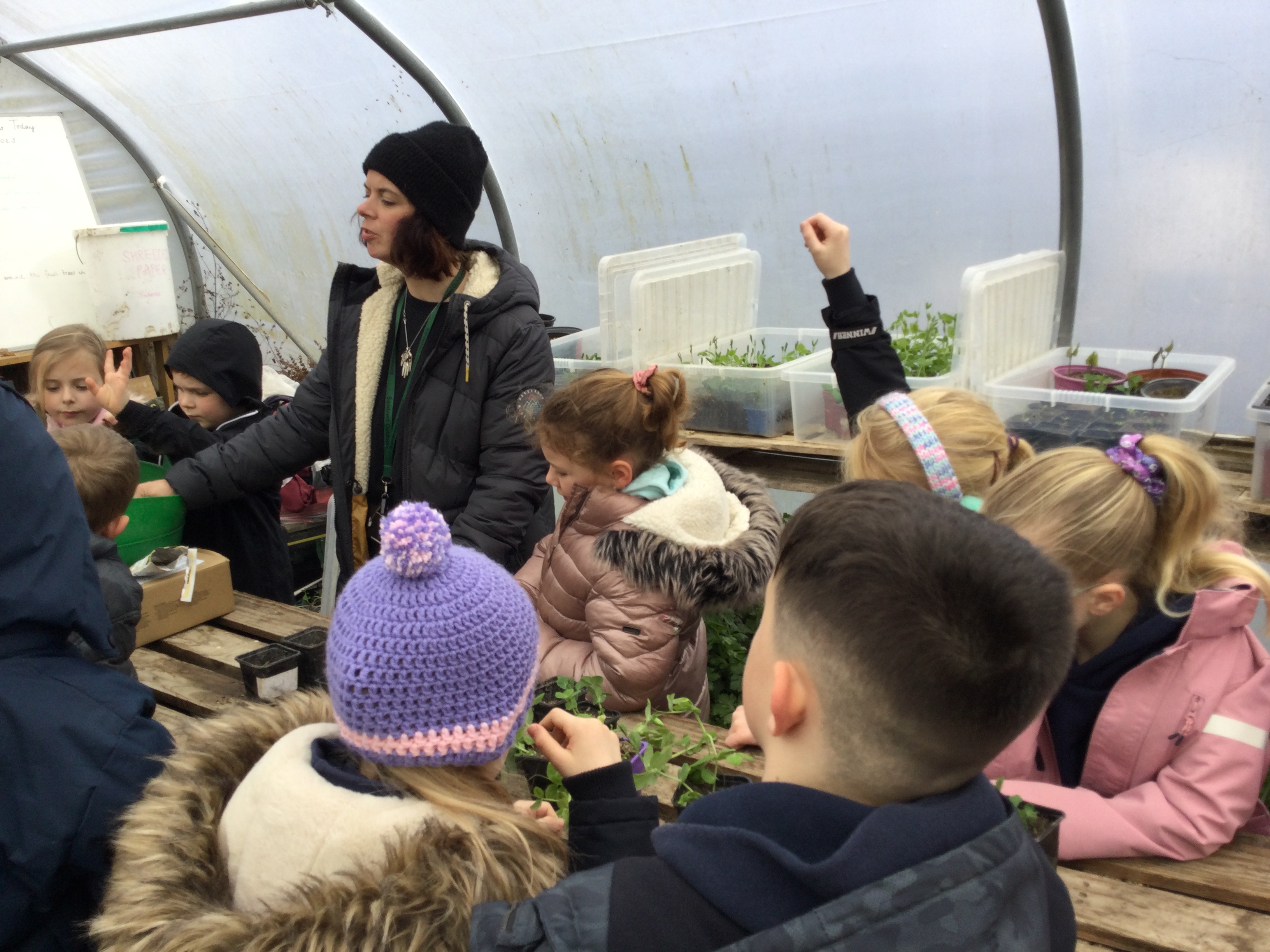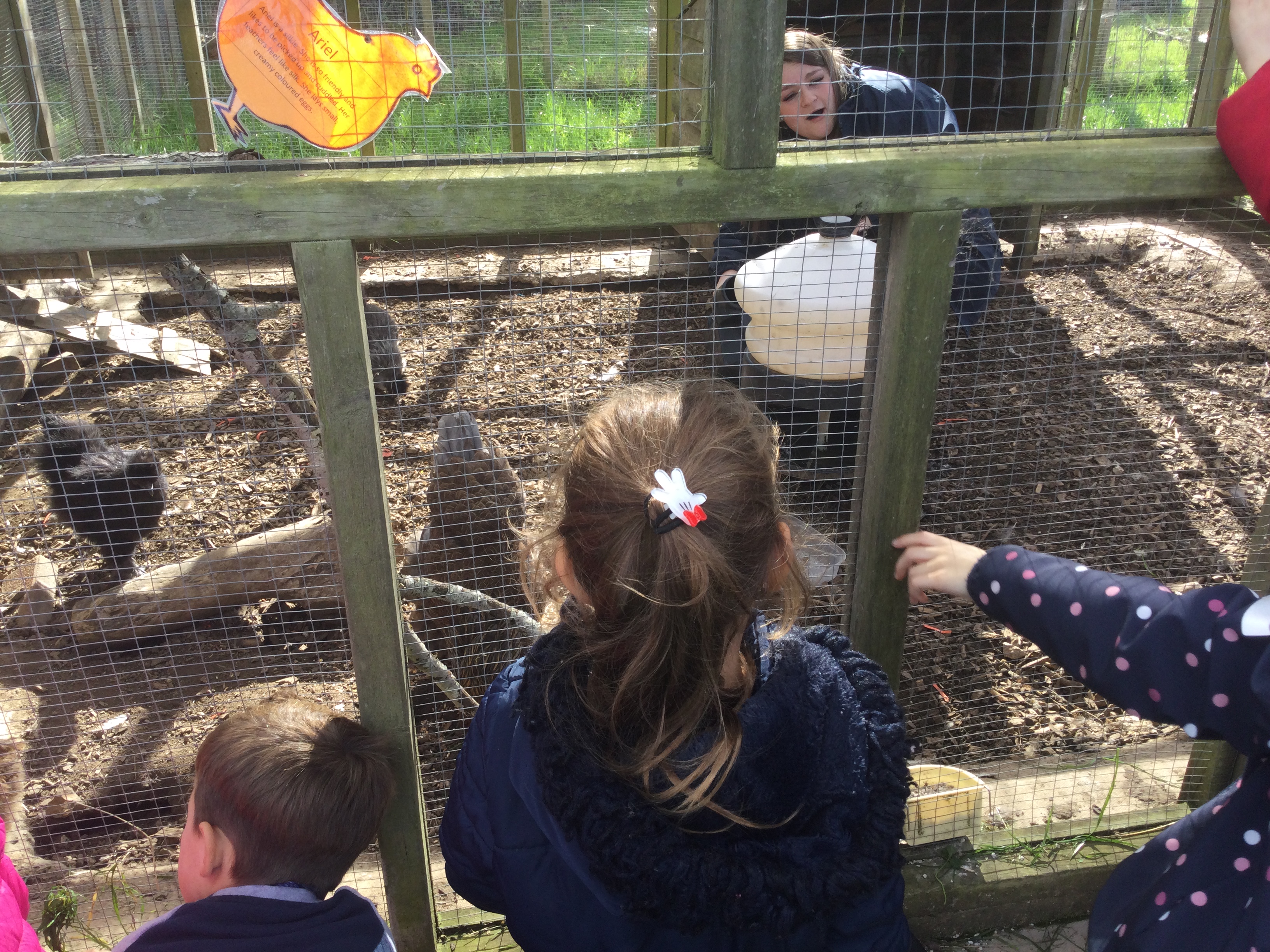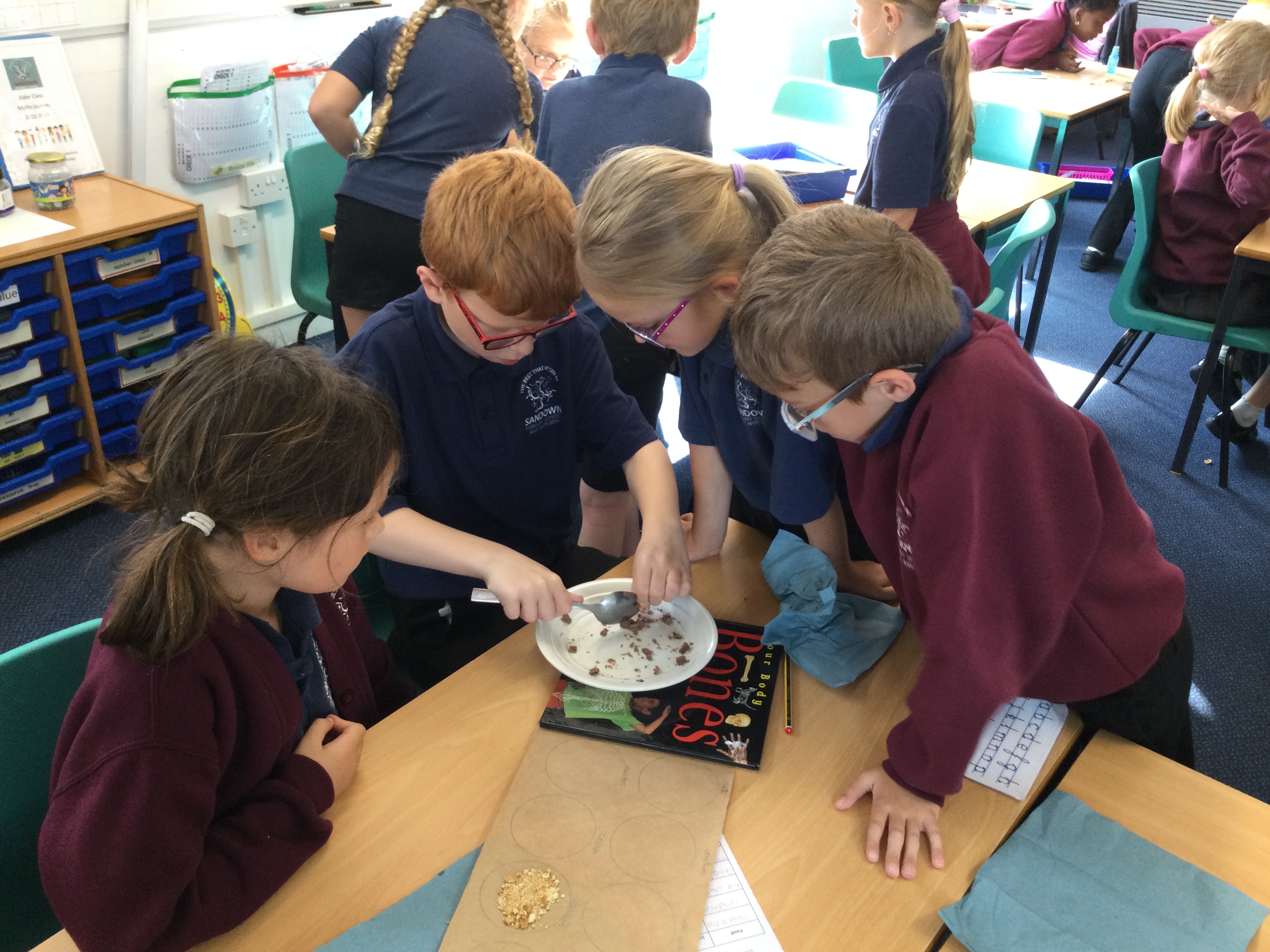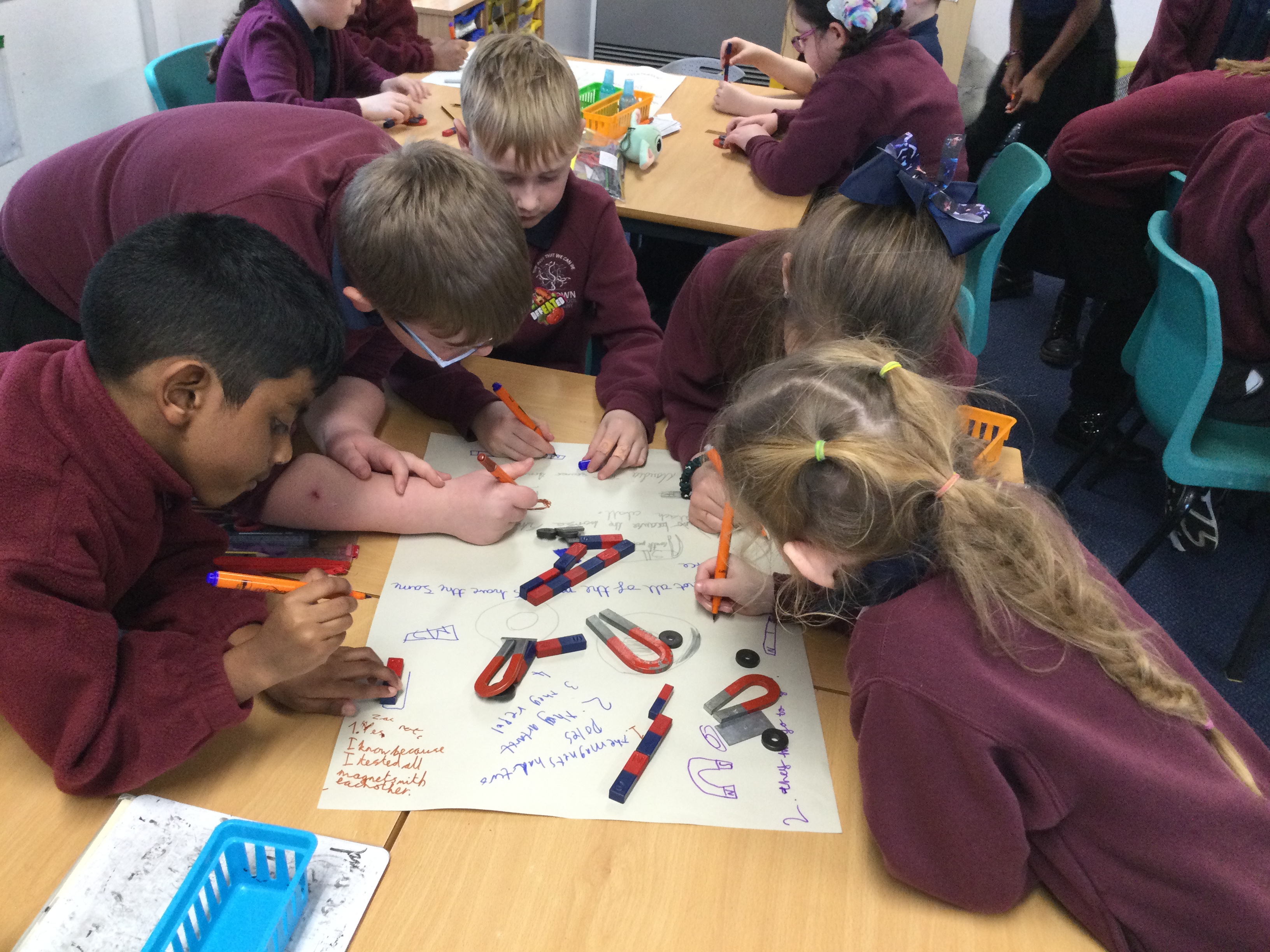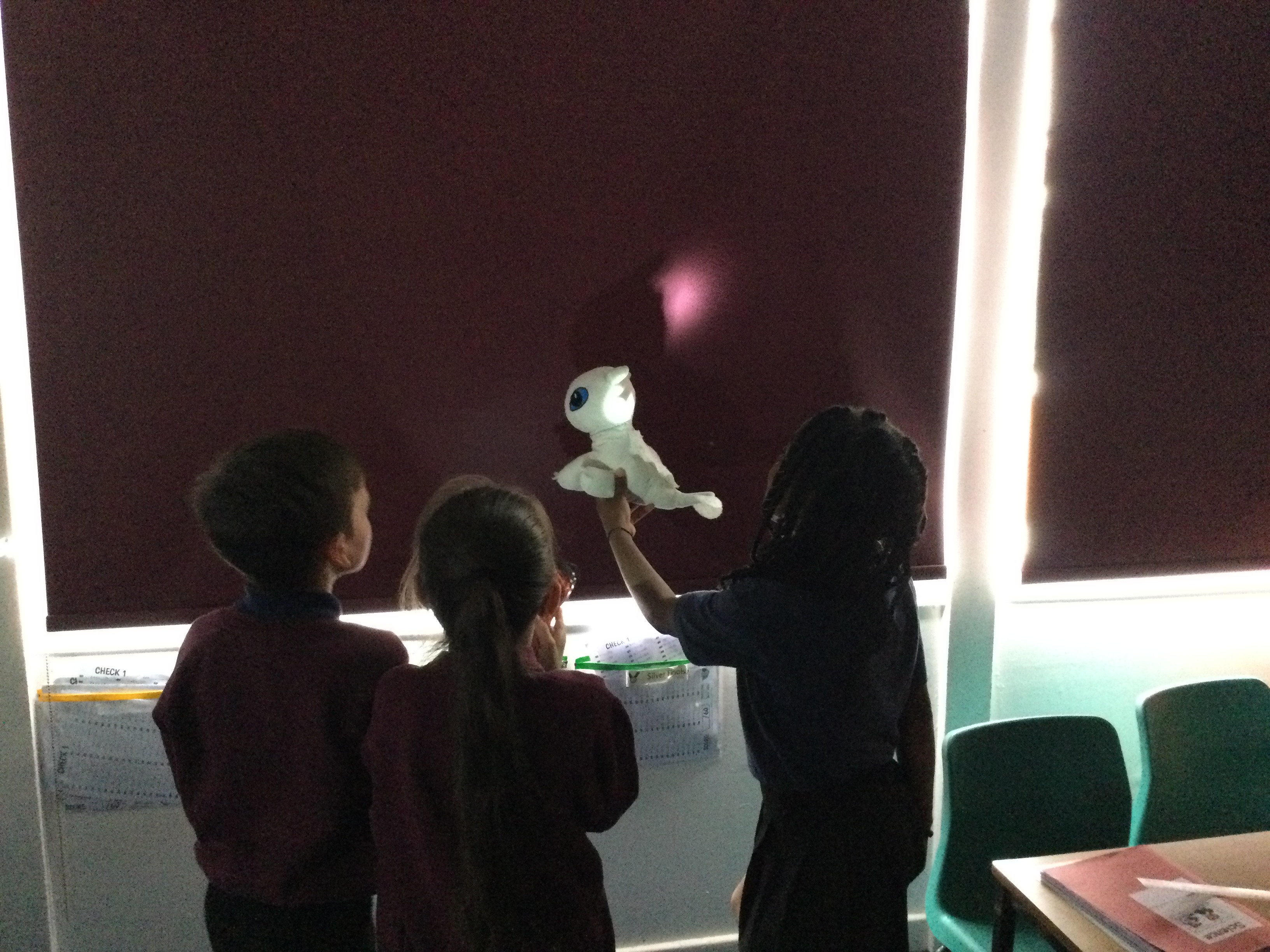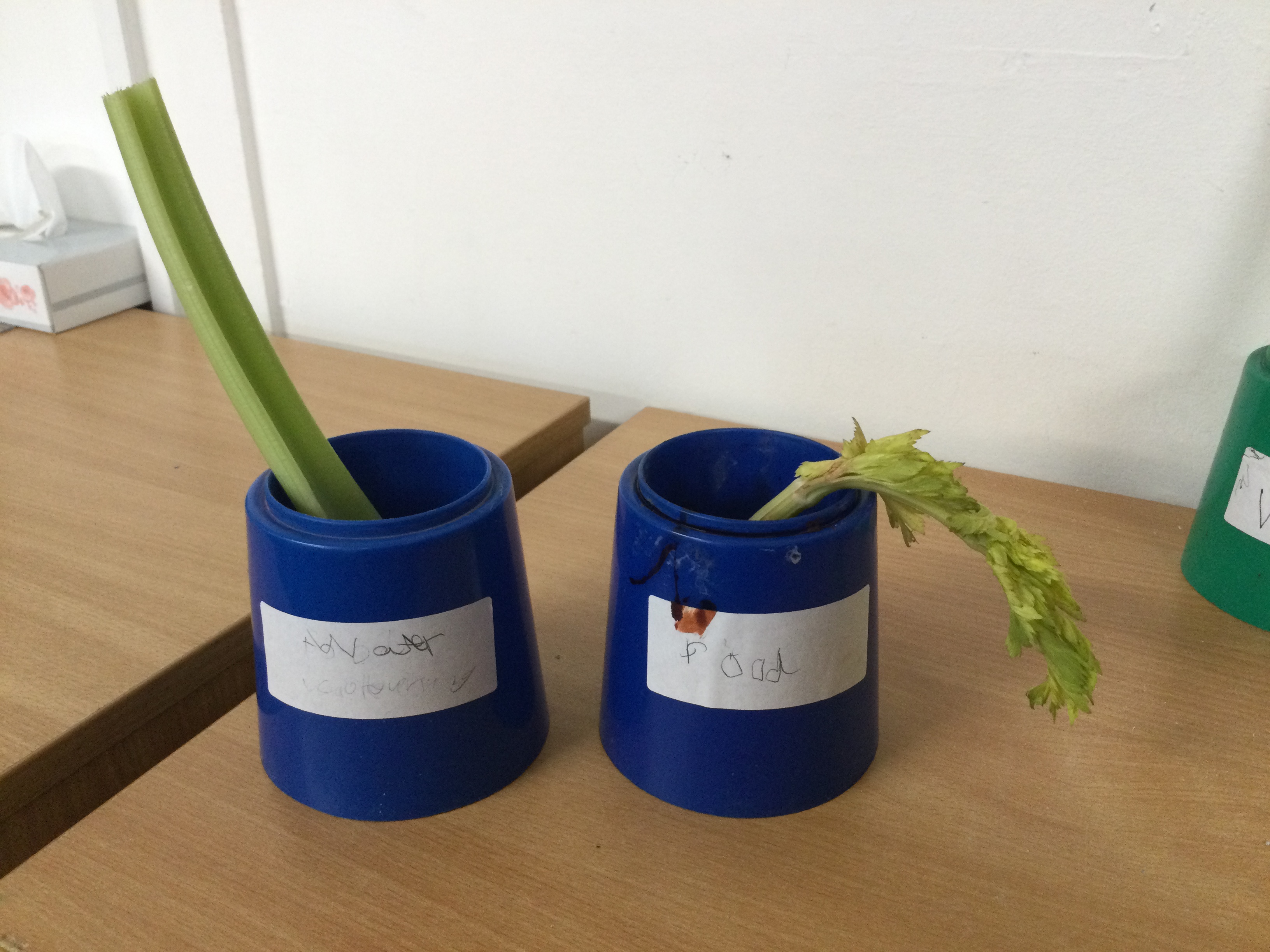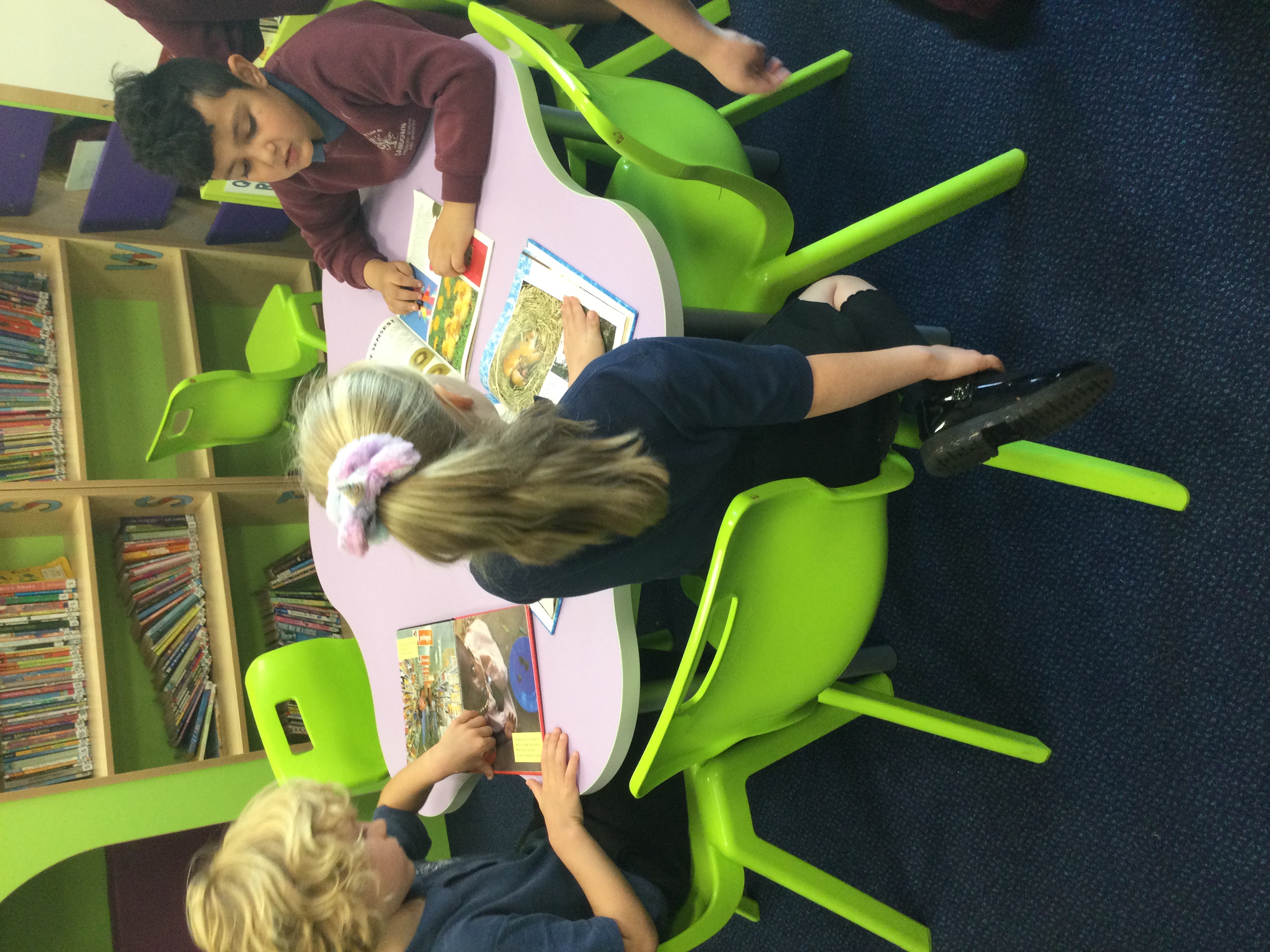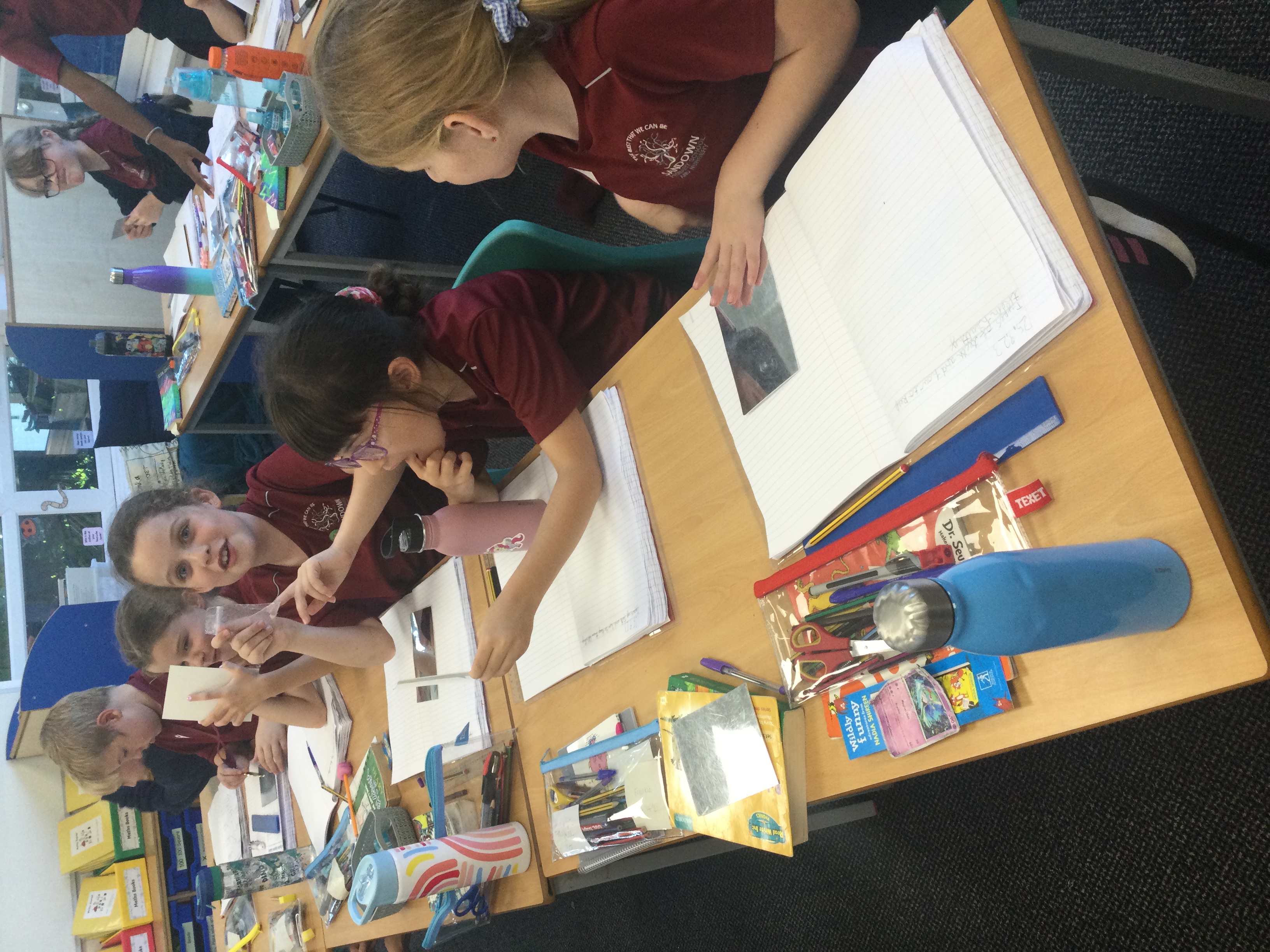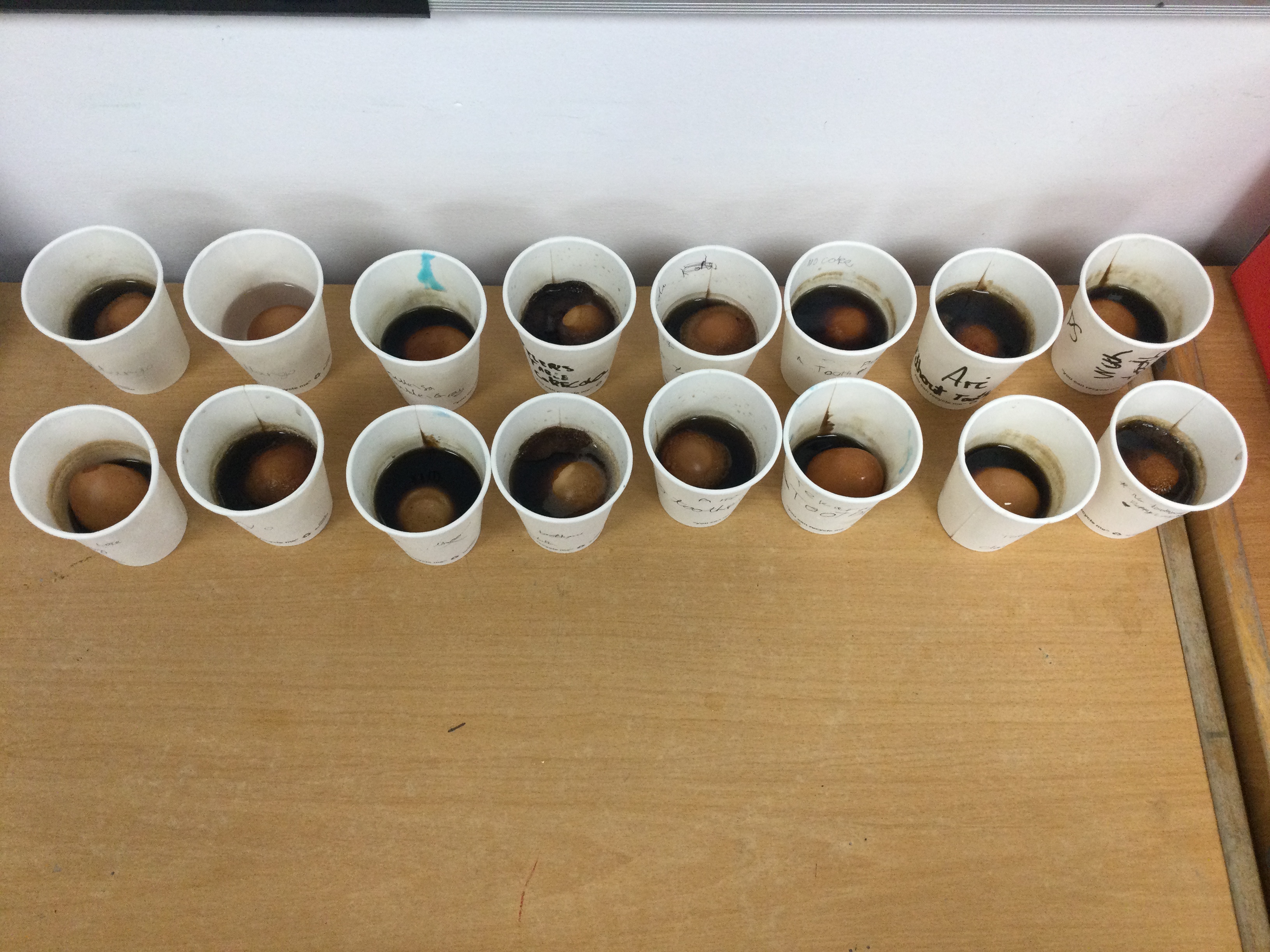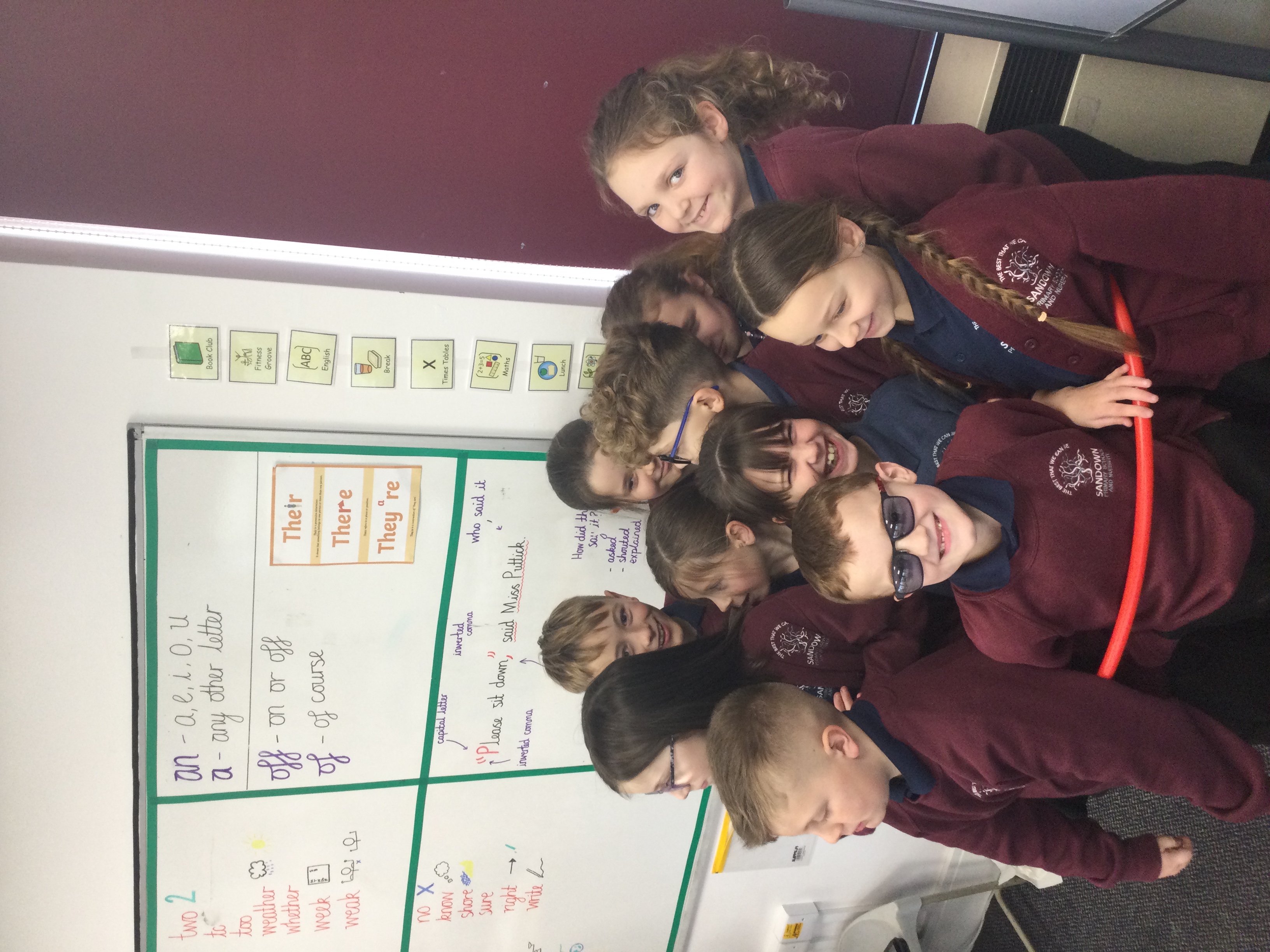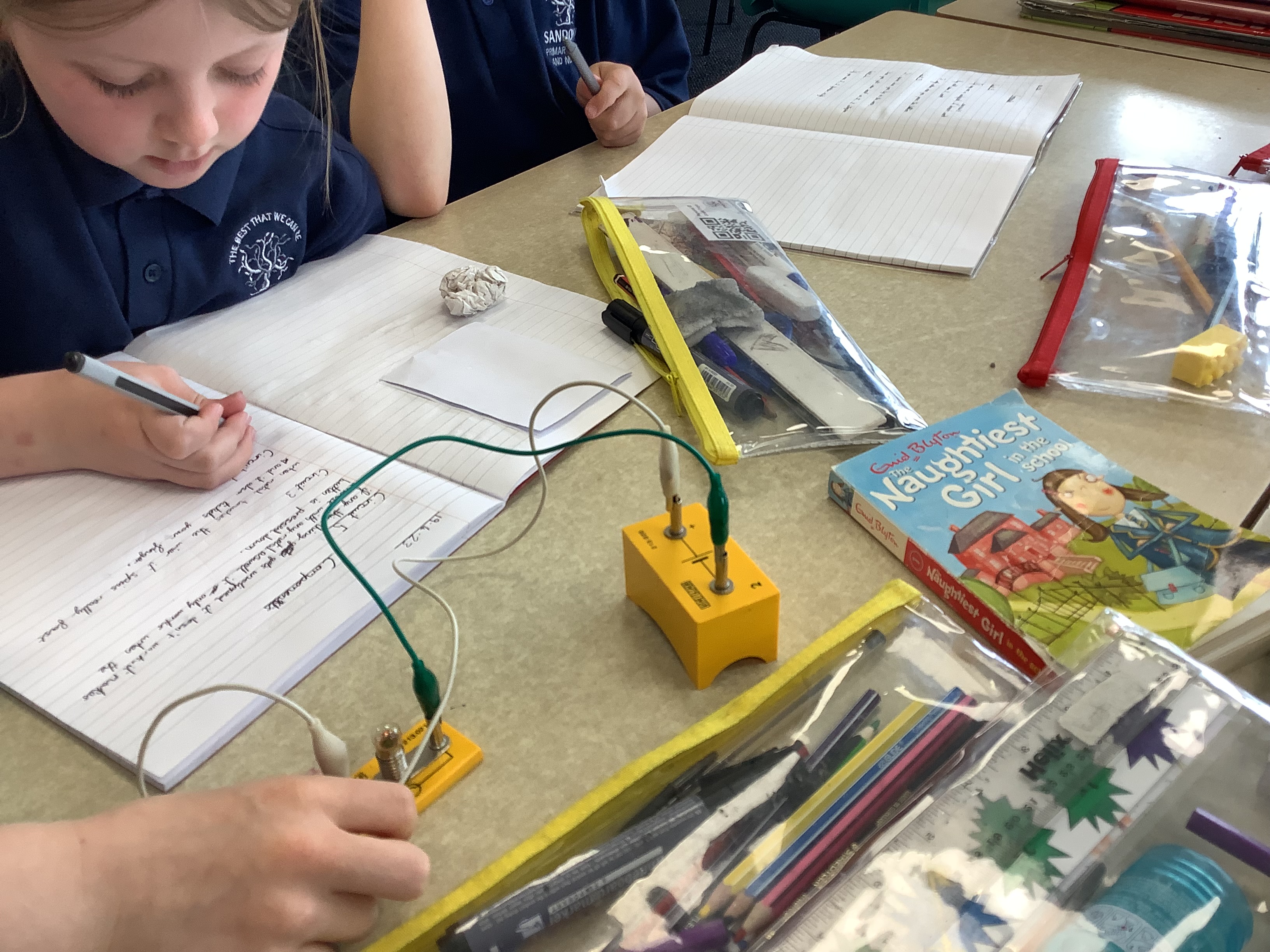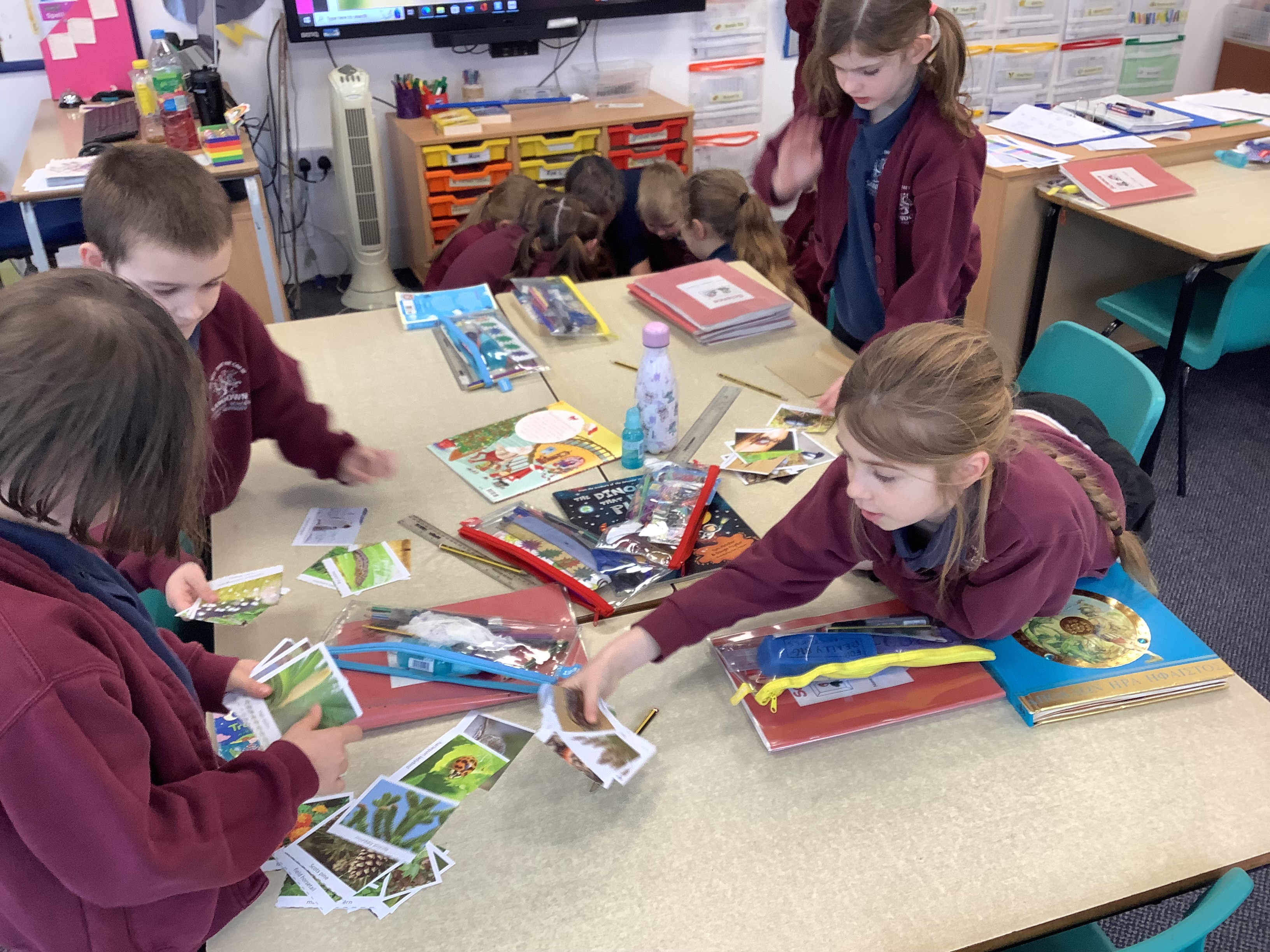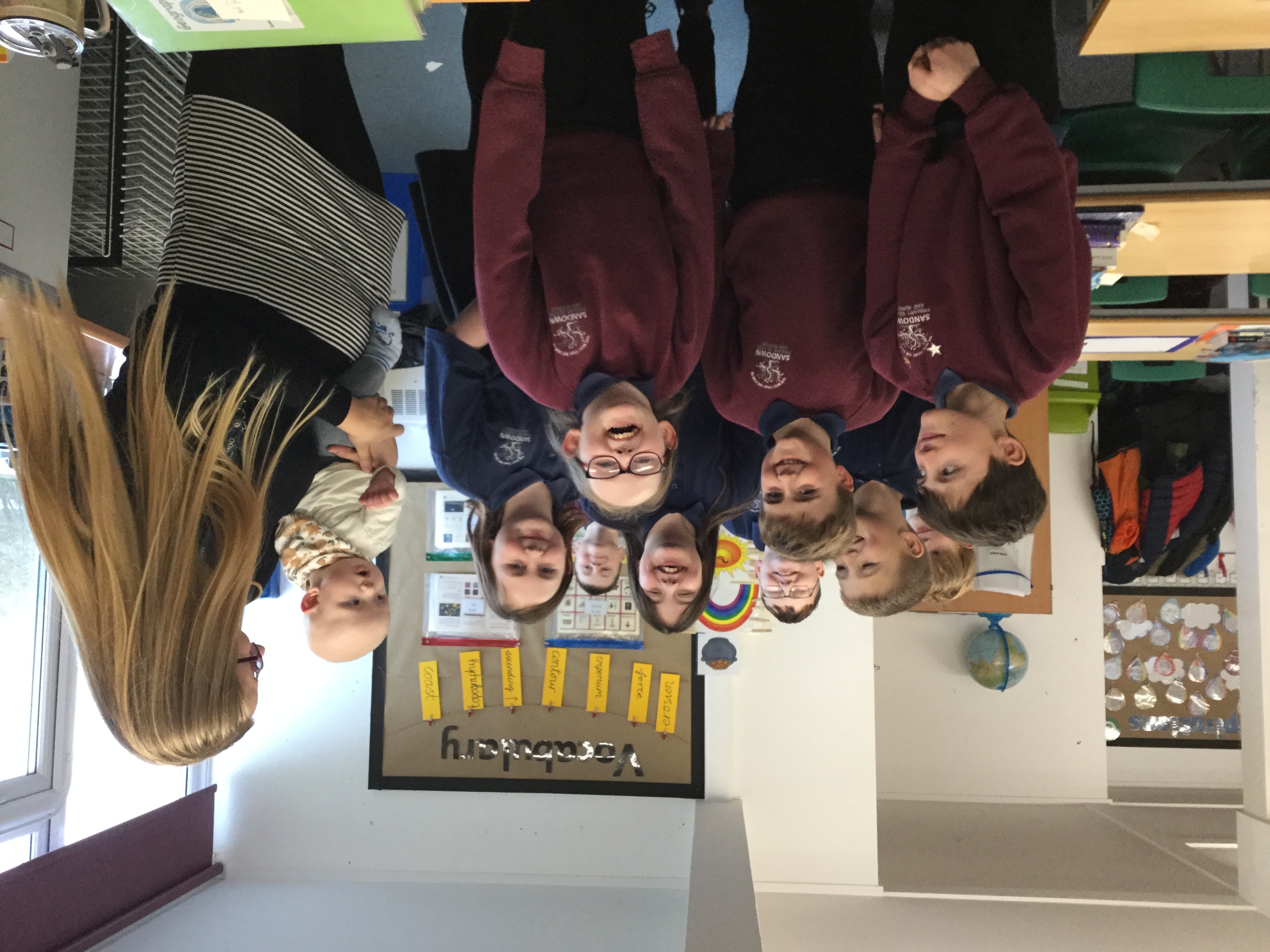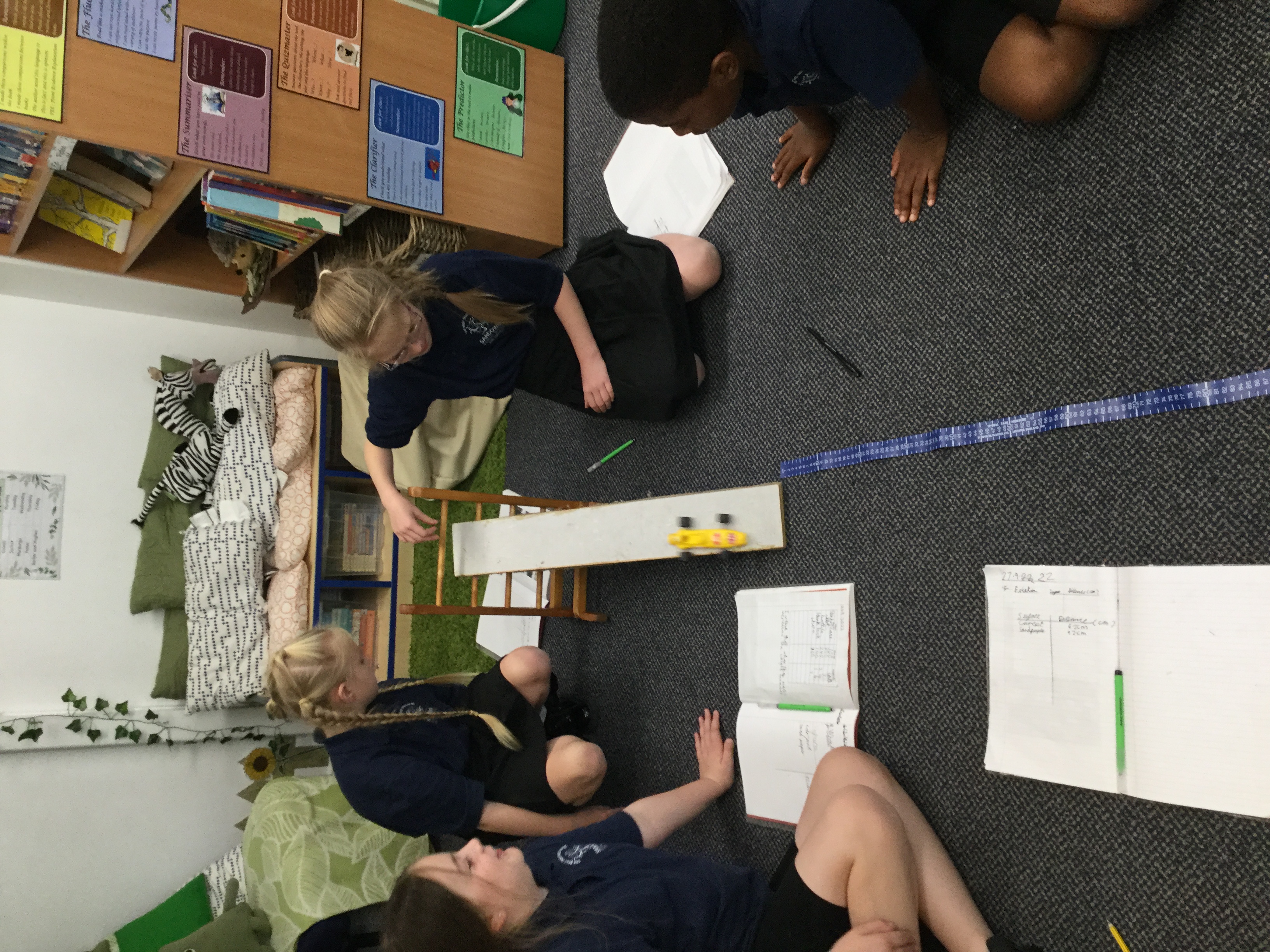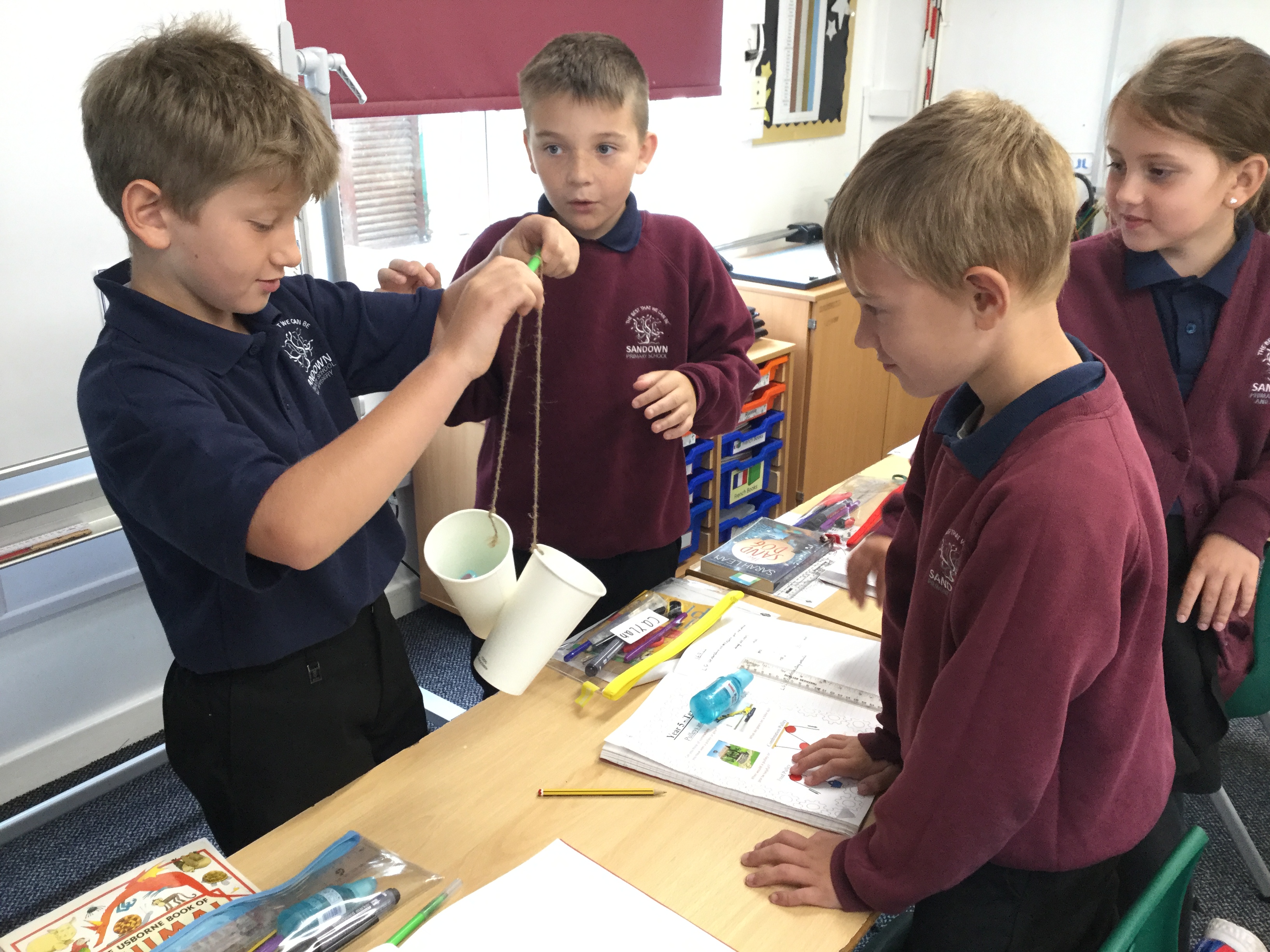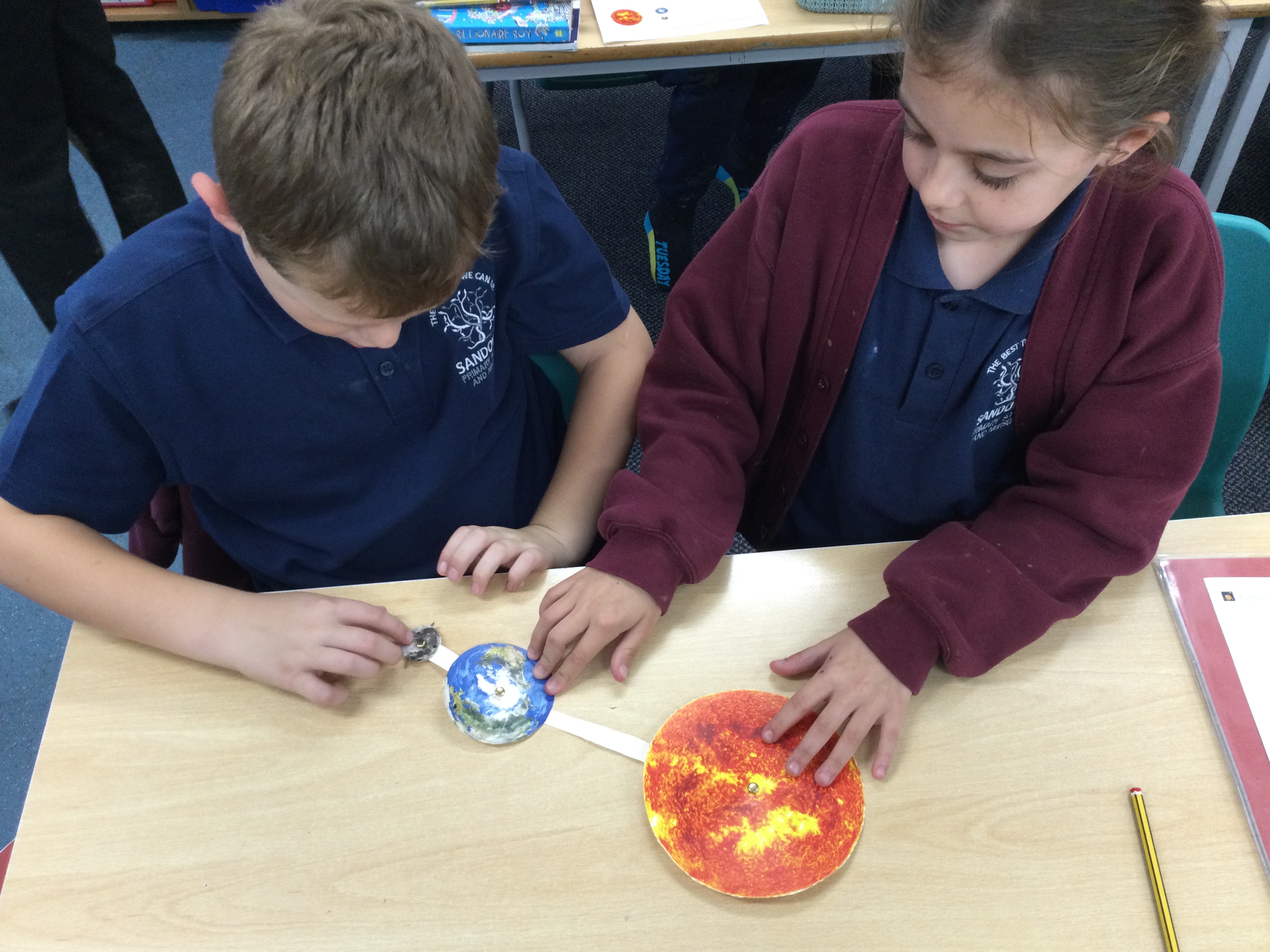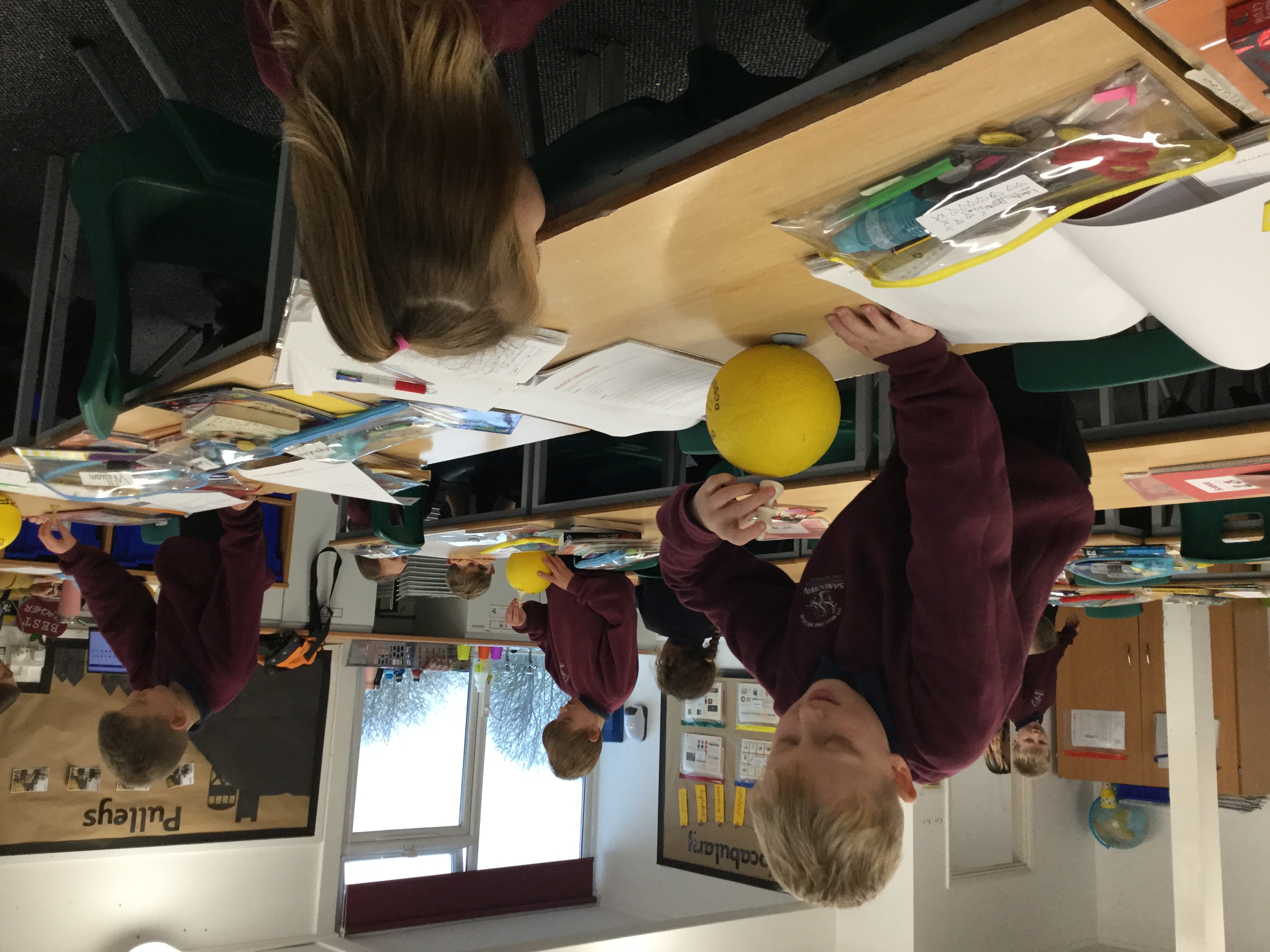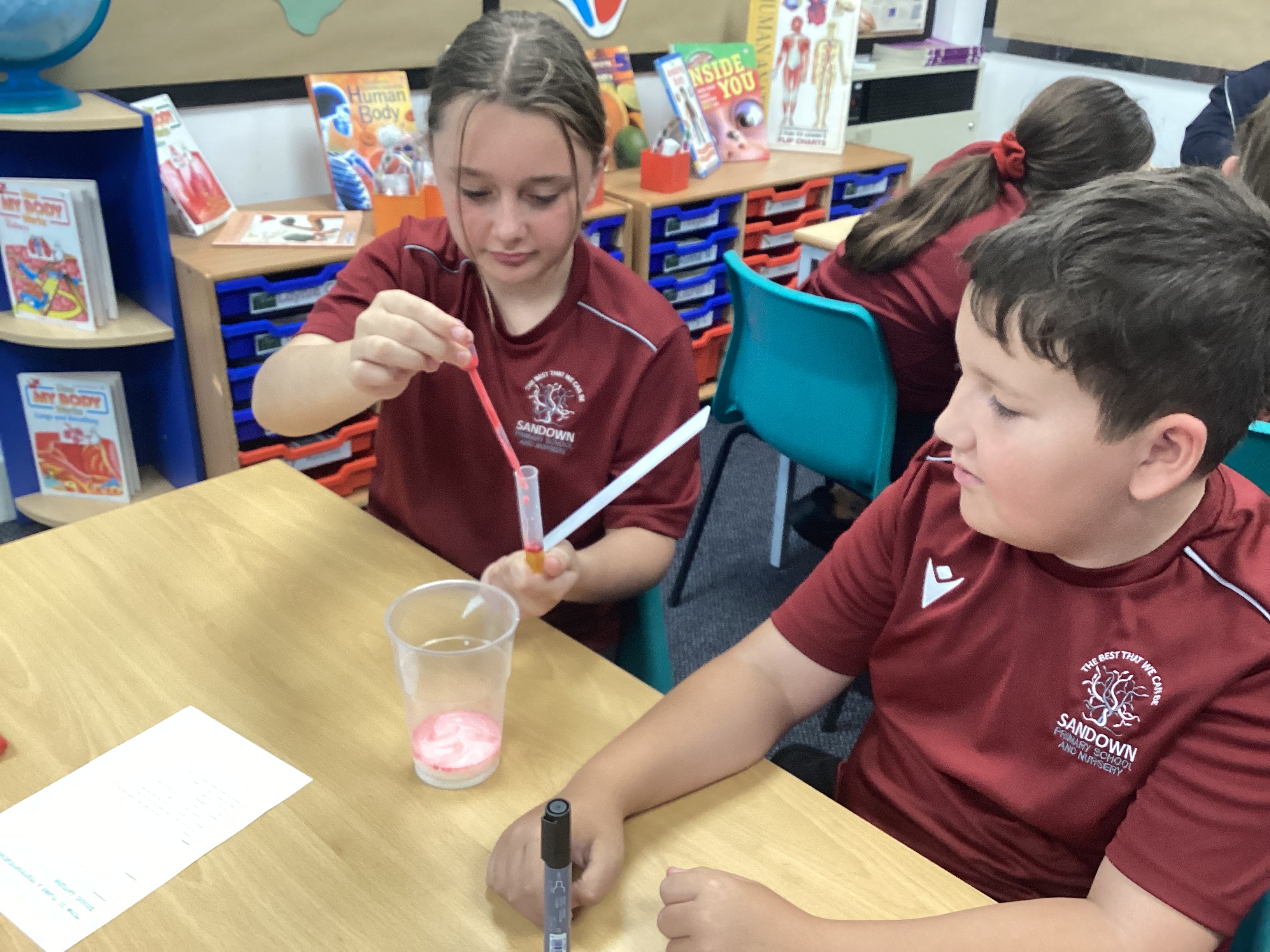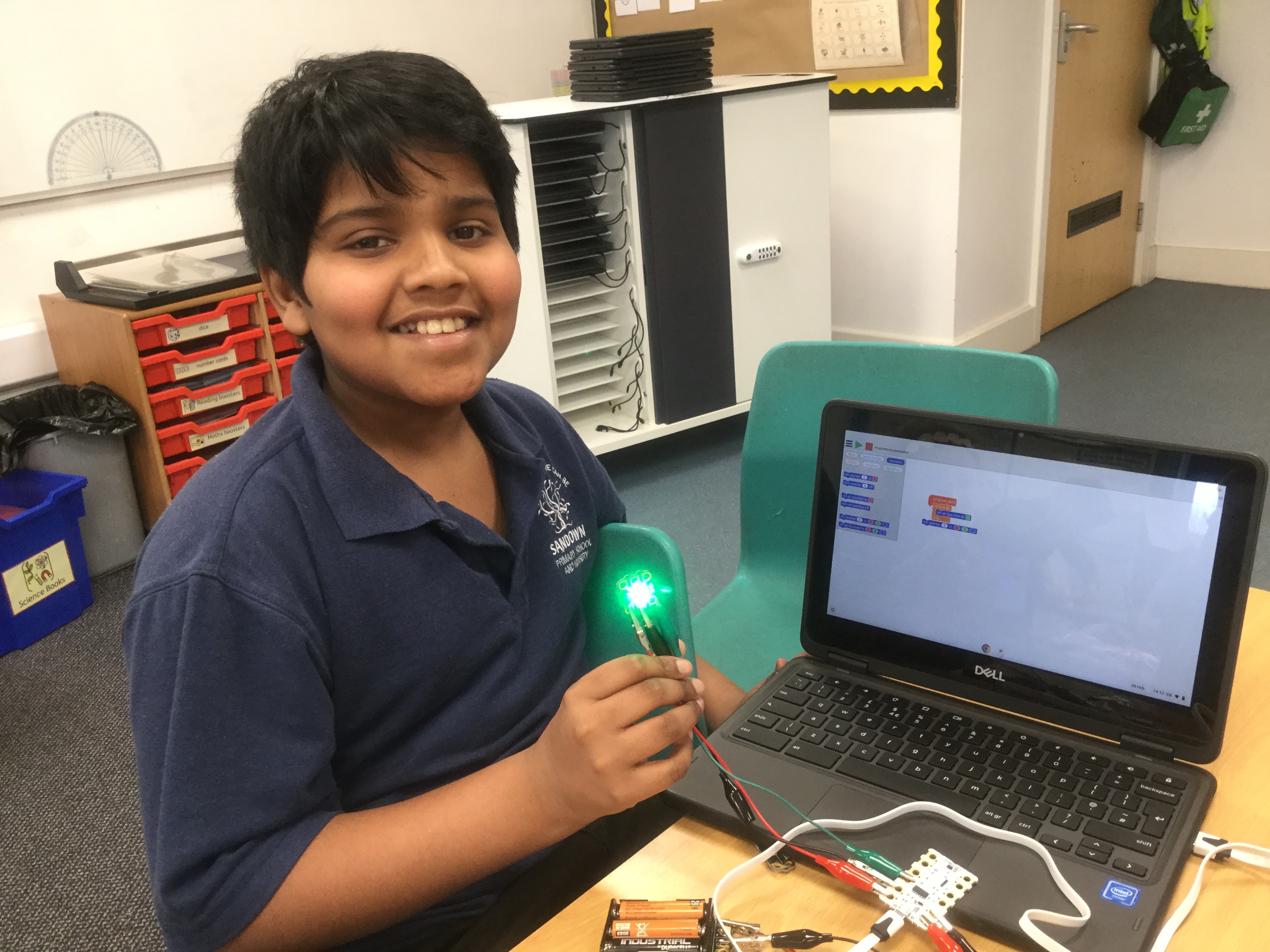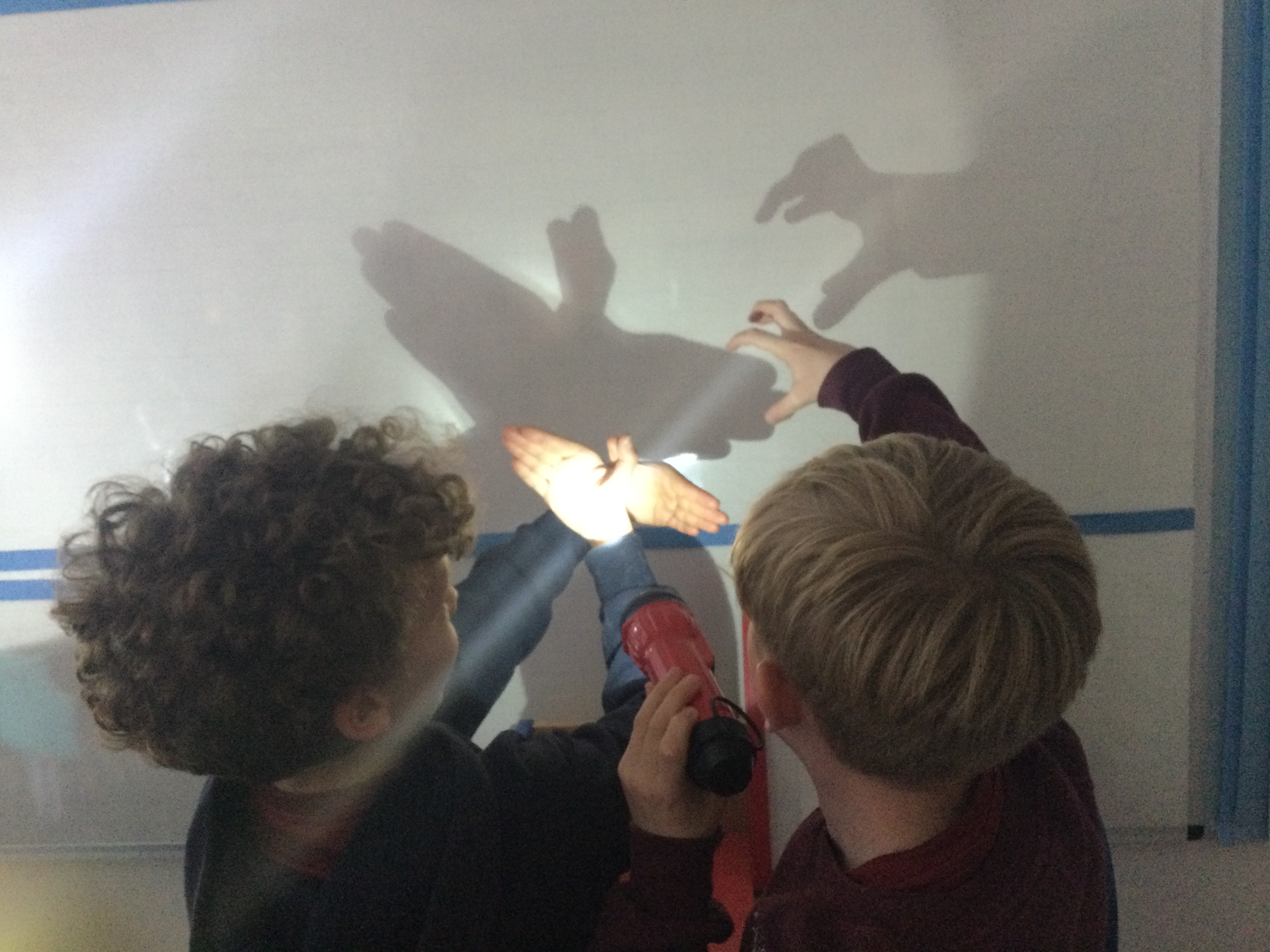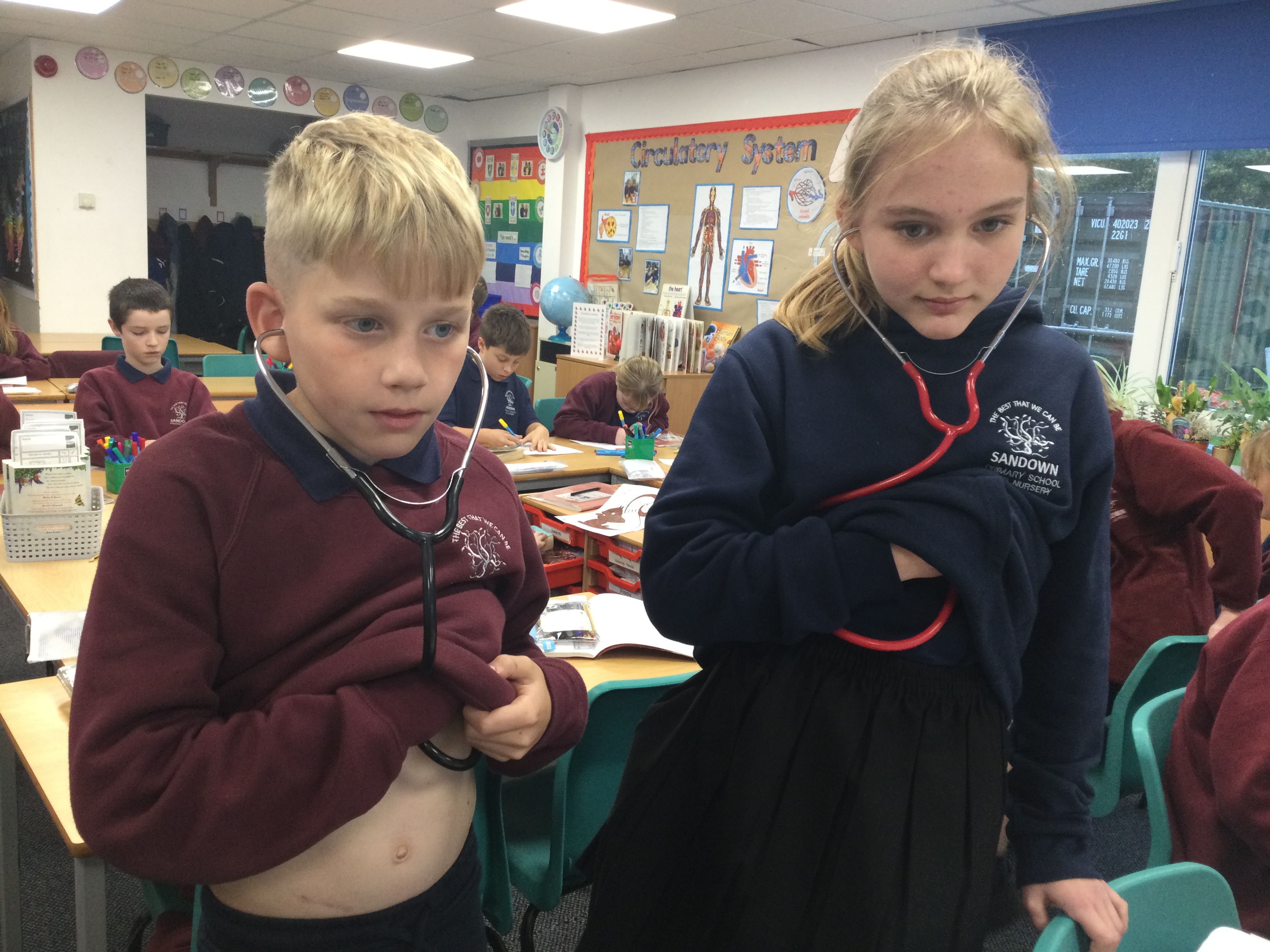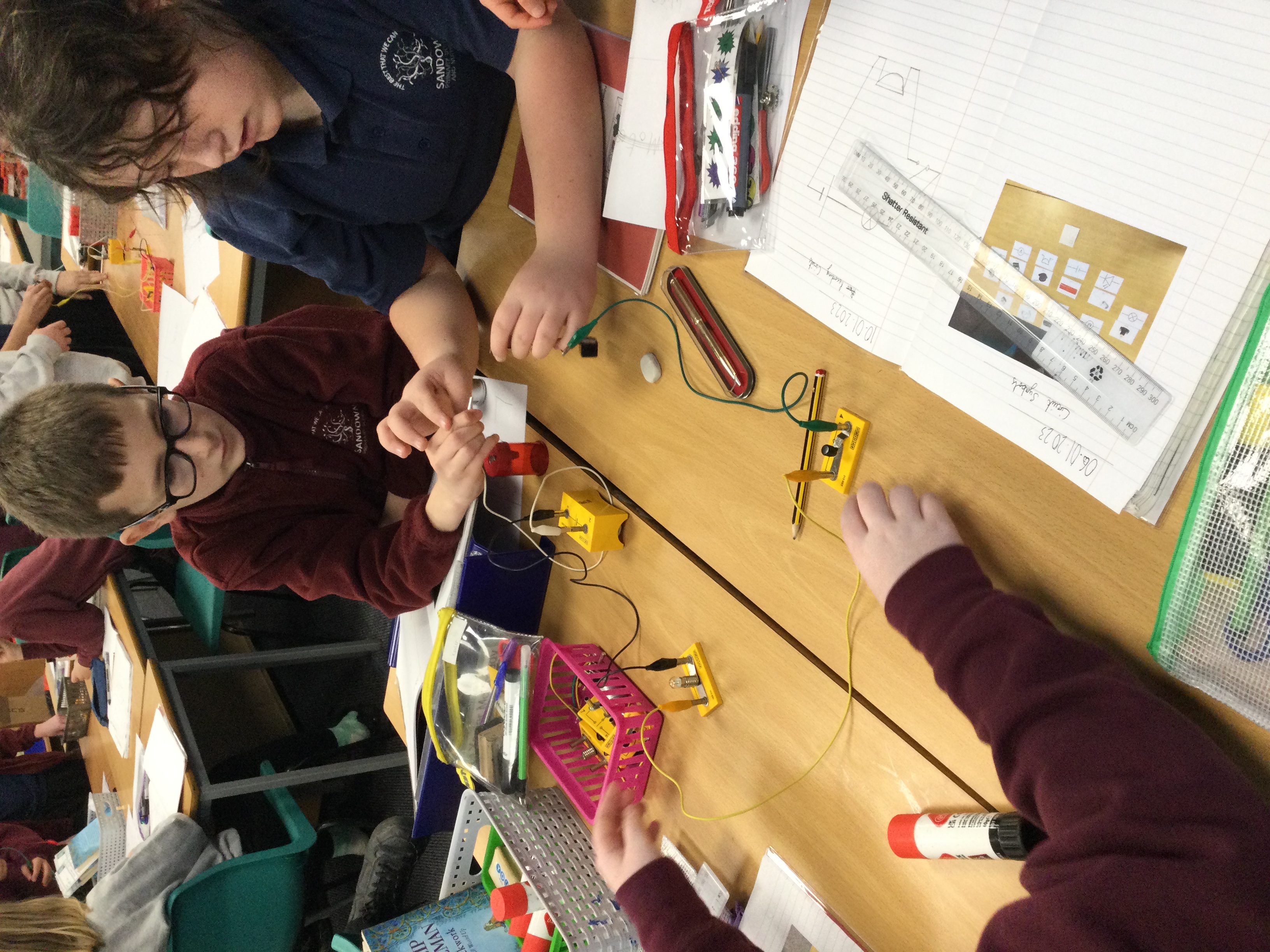Intent
By the time they leave Sandown, the children are excited and curious about the world around them and are equipped with the core substantive and disciplinary knowledge and skills to become ‘independent scientists’, actively engaging in a wide range of scientific enquiries embedded within the disciplines of biology, chemistry and science.
We follow the Cornerstones Maestro Curriculum for science which ensures continuity and progression of science concepts and key knowledge across the school, as well as providing cohesive links with other curriculum subjects. These links allow for our children to embed their science substantive knowledge in new and often real-life contexts
To read our Cornerstones Science Curriculum overview, please click here.
To read the Key Science Concepts Map, please click here.
To read the Science Core Knowledge document, please click here.
Using these documents, the science subject leader has produced Unit Plans to ensure the children of Sandown can meet the National Standards set for the End of Key Stage 1 and the End of Key Stage 2, whilst providing an ambitious curriculum which promotes an enquiry approach to learning and supports the children in both answering as well as raising their own questions, alongside developing and challenging their scientific thinking.
